Iran Part 10: Our last stage in Iran through Gilan Province to Tabriz
Rice plantations and culinary highlights at the Caspian Sea (47)
We spend our last days in Iran in the province of Gilan on the Caspian Sea. A region where the locals always get bright eyes as soon as we told them about our travel plans and one of the most popular destinations over the summer months. Iran’s northern crescent is home to some of the world’s most pristine temperate rain forests and the cool mountain air and the frequent rain showers between lush mountains and the Caspian Sea are often described as “paradise in Iran” by the locals. As a result, many city dwellers own a vacation home on the coast and during the weekends traffic blocks the scenic road from Tehran to Chalus over the Alborz Mountains. We’re not surprised, as this province has its very own charm and is definitely worth a visit.
Southeast Asia vibes in Gilan
The extremely fertile province remained independent of the central government until the 16th century due to its geographical location and preserved its own culture and language, the Gilaki. Rice and tea are grown, caviar is exported and colorful carpets are woven in the villages and as we cycle along the rice plantations we feel transported to Southeast Asia and far away from the rugged and dry landscapes we got used to in Iran.
As we wake up on our first morning in Gilan and it’s thawing everywhere and the morning mist is slowly moving over the river, we wonder if we have landed in another country. The special architecture of the houses, which partly reminds of Chinese houses with their pointed roofs or also the traditional Gilaki houses with their thatched roofs do the rest to the fact that we don’t feel like we’re in Iran anymore. It’s almost as if we had flown and not just taken a bus from Qazvin over the mountains to Rasht, the provincial capital. Somehow everything seems to be a bit more relaxed here and also the headscarf seems to slide back more and more often.
We are traveling through Gilan without a fixed plan and want to take around 10 days to explore the province. But we’re still unsure whether we want to cycle all the way to Ardabil or Tabriz or rather take more time for Gilan and then travel by long-distance bus to Tabriz. In short, we have no plan at all and also change every day our route according to our mood. And somehow, it’s just a pleasure to cycle along the side roads through the small villages and to dive into this so completely different province. We’re finally surrounded by lush greenery, after which we longed for so long and we just can’t stop smiling. And it gets even better, because Gilan is known for its cuisine.
Foodie Paradise Gilan
In the last few months, we weren’t always that happy with the Iranian cuisine served in the restaurants or rather have often ended up eating the same few dishes. What a great relief was Gilan, which is known nationwide for its cuisine and the city of Rasht was even registered by the UNESCO as a creative gastronomic city. The typical regional dishes are bursting with garlic, turmeric and many spices, and there are various vegetarian stews that you can't get outside the region. Especially delicious is Baqaliqatoq, this dish consists of beans with garlic, dried dill, butter and turmeric combined with eggs. Another favorite is Mirza Ghasemi, a vegetarian dish of pureed eggplant, pumpkin, garlic and egg. Also delicious is Naz Khatoon, a paste of eggplant, pomegranate juice, onions, tomatoes, parsley, mint and walnut. We are so excited about Iranian cuisine for the first time that we look forward to every meal and also cook much less ourselves than usual, always looking for the best regional restaurants. Who would have thought that Iran would have a culinary highlight in store for us at the end? For the cuisine of Gilan alone, we would come back again immediately and we’d definitely attend a food tour through Gilan if someone ever comes up with that business idea.
Between Eco-Lodges, Forests and the Caspian Sea
Our first stop in Gilan is the eco-friendly run Gileboom Eco-Lodge, which was opened by Mahin, Ro and Shiva. Traveling through Baluchistan, they met Mahtab Susanduz, who before the revolution was nationally known for her fine embroidery and even refined the garments of Farah Diba. Now, however, the woman lives in abject poverty. This was a turning point in the lives of the three Tehranis and they decided to start a new chapter in their lives and give local artisans the recognition they deserve. They quit their jobs and bought and restored an old house in the artisan village of Ghasem-Abad in Gilan. The house is lovingly decorated with traditional elements and they offer tours to local artisans in the village, as well as various hiking excursions through the forests and mountains. They work closely with the villagers and also sell their work at the accommodation. A good concept that convinces us and could probably be successful in other places in Iran as well. The Eco-Lodge is a real oasis for us, because we can just relax after all the sightseeing and the many impressions of the last months. We seem to need that and we also enjoy to finally go for a walk in a real forest again. And of course, we get to try the delicious local cuisine every day.
We let ourselves drift in Gilan and even after a few days break in the Eco-Lodge we don’t know exactly where to go next. Thus, we continue to cycle the next days at a leisurely pace along rice and tea plantations and visit Bandar Anzali with its colorful fishing houses. This is Iran’s most important port from which especially caviar is exported. The highlight for visitors though is a speedboat excursion through the Anzali lagoon, a nature reserve that is home to many rare bird species. We forgo the noisy fun and continue to Kiarshahr on the Caspian Sea. A long wooden jetty leads through the reeds and along many small channels to the sea. At the beach there’s the usual Iranian hustle and bustle with stands selling fresh juices, corn and various other snacks. Families stroll along the beach or sit down with a picnic or a water pipe. A few children splash around in the water, but the mothers hold back. It's only moderately fun to get into the salt water with full body clothing.
We've been looking forward to swim in the sea again for a long time, even if the Iranian dress code reduces our enjoyment of it somewhat. Fortunately, we find an enchanting hidden campspot in the evening on a meadow that leads to the sea. It’s simply beautiful and we can finally take a quick dip. We’re also getting in holiday-mode in Gilan during our journey, probably also a reason, why we’re pedaling rather aimlessly through the province. Perhaps we’ve just seen too much and experienced too much that we don’t need more than just this moment by the sea.
After a calm night, we finally decide how we would like to spend our last days before the expiration of our Iranian visa. We would like to see a bit more of Gilan and decide not to cycle all the way to Ardabil or Tabriz. We decide to visit the Kotam Eco-Lodge, where we are warmly welcomed by Daniel and his father Reza. We want to do some classical sightseeing and we decide to go on an excursion with Reza to the most famous sights of Gilan the next day.
An enchanted castle and a picturesque mountain village
In the morning we start with Reza towards the mountains. We ask for music and he turns Daniels music on, only the loud heavy metal somehow doesn't want to fit the surroundings at all and at some point, he switches back to traditional Iranian music, snapping his fingers vigorously as all Iranians seem to do when listening to traditional music. Reza drives us up to the parking lot below the impressive Qaleh Rudkhan, a fortress from Seljuk times, which sits spectacularly on a steep wooded ridge. For centuries, the fortress with its mighty walls reinforced by 40 watchtowers was the retreat of the regional rulers and militarily almost impossible to capture. Nowadays, however, on weekends there is a real rush to the fortress, despite the steep climb of over an hour.
The path leads through a lush forest and along moss clad streams and small tea houses up the slope. It’s sweaty and humid and my scarf keeps sleeping away. A nice young Iranian woman takes care of me and quickly ties me a much more practical turban, which some locals also wear. This way it’s much easier to walk. As we reach the top and the fortress, the view of the fortified towers and the intact fortress walls is really breathtaking. We feel reminded of Angkor Wat with all the abandoned and overgrown buildings in the midst of the forest. You could spend hours walking and exploring here. But Reza is already waiting for us, because it is still over an hour by car to Masuleh.
Located at 1000 meters above sea level, the mountain village of Masuleh is one of the most famous villages in Iran and one of the most visited. The adobe houses with yellowish clay seem to be stacked on top of each other along the hillside. The rare architecture of Masuleh is popularly known as “the yard of the building above is the roof of the building below”. Houses are mostly two stories, made of adobe, rods, and bole. A small living room, guest room, hall, toilet, and balcony are usually found on 1st floor. Closets, barns, and stables are located on the floor below, which are connected to the upper floor by several narrow steps inside the house. The many (local) tourists swarm through the narrow streets of the village taking selfies on the roofs of the houses and many small tea stores invite you to take a break with a view. It’s indeed absolutely picturesque and we are glad, we have made another detour here.
The next day we continue our trip. We cycle back to the provincial capital Rasht, enjoy another coffee and then it's off again on a long overnight bus ride to Tabriz, our last stop in Iran.
A chapter is coming to an end in Tabriz
Short Notes Tabriz
How long to stay: Two days are ideal. One day for Tabriz and another day for an excursion to the cave city of Khandovan.
Where to stay: Tabriz doesn’t have the best selection of accommodation in Iran. Darya Guesthouse is a popular budget option, Orosi Boutique Hotel is close to the Elgoli Park and looks beautiful.
Where to eat: Many decent restaurants around Elgoli Park. Urban Café for breakfast in the center.
Local specialty: Koofteh Tabrizi (a huge Koofteh filled with walnuts, dried barberry, soaked plums and boiled eggs), Khorest Havij (a delicious carrot stew).
Don’t miss: Getting lost at the historic bazaar, admiring the beautiful Blue Mosque, join the locals for an evening stroll through Elgoli Park and take a trip to Khandovan.
Tabriz (approx. 1.6 million inhabitants) is with its location, the rich historical heritage, the vibrant UNESCO-listed bazaar, the famous carpets, the popular Elgoli Park and the Azeri culture a perfect start for a trip to Iran and according to our initial route, it would’ve been our first major city in Iran. But since everything turned out differently than planned, Tabriz is now our last stop in Iran and so we’re about to say goodbye to this fascinating country and are already thinking about our next destination, which is Armenia.
We try to immerse ourselves in this friendly city with its magnificent 7km2 bazaar and the famous Blue Mosque. But somehow, we don’t succeed this time. It would’ve been completely different if Tabriz had been our first city, then we could have appreciated it more. But now, we’re strolling around and get melancholic when people enthusiastically say “Welcome to Iran”. If they only knew. We have mentally already moved on and long for a break to process all this and therefore we can’t appreciate Tabriz as we should. Nothing can be done, we are only half present despite the kindness of the locals who can't get us out of this state either. It’s time to move on and we feel it with every inch of our body.
How do you say goodbye to a country like Iran?
We cycle to the bus station and board the night bus that takes us to Armenia. We land in the middle of the night at the Armenian border and the Iranian women take off their headscarves, light cigarettes and breathe in the air of brief freedom. And we? We stand there and are neither here nor there. Much too exhausted for all the emotions of this farewell, exhausted by the impressions of four months in Iran. Saying goodbye to Iran doesn’t happen while crossing the border, it will be a much longer process. Never before has a country let us participate so much in the everyday life of its inhabitants, never before has it been so intense to travel through a country and never before have we been so grateful for the freedoms and opportunities we have grown up with. Images and memories come flooding back. We become wistful and will miss all the people we met and wonder what will happen next in their lives and with their country. Iran has deeply touched and changed us, but how, we can only say when some time has passed and we become the people we need to become to look back. At the moment, we’re still too much entangled in this journey.
We hope we could offer you a glimpse into this country and its people through our blogs about Iran. We could tell you countless stories that would surprise and amaze you, but we can only highly recommend you to visit this country and its people yourself as your prejudices are bound to be transformed. Iran is not only the country of women in black chadors and long-bearded mullahs; but it’s also not only the country where all the young people live parallel lives and go on regular raves in the desert; it’s everything and everything in between. Iran is a place you have to feel as it’s shaped by the warm-hearted people making the best out of the hard situation. It’s a country that now has a permanent place in our hearts and we will surely return, ممنون ایران بابت همه چیز.


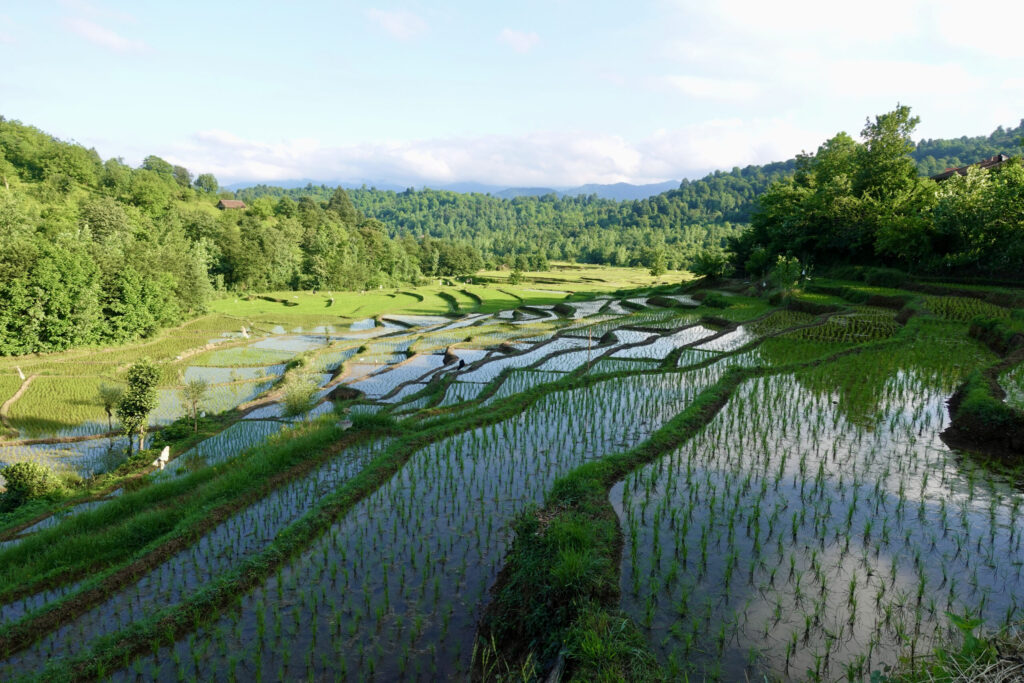

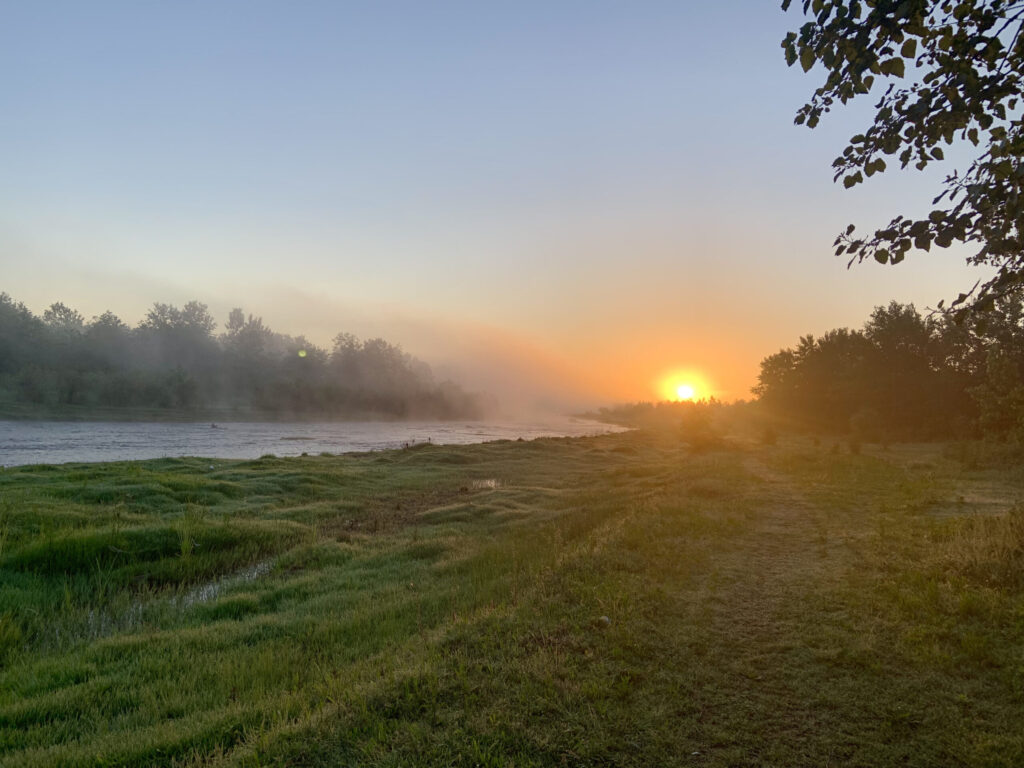
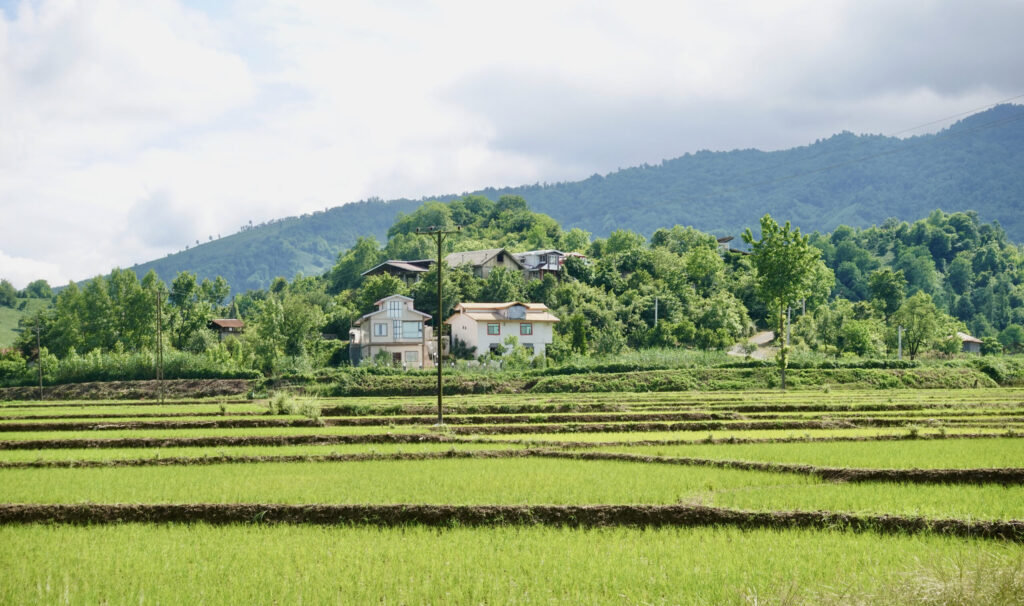
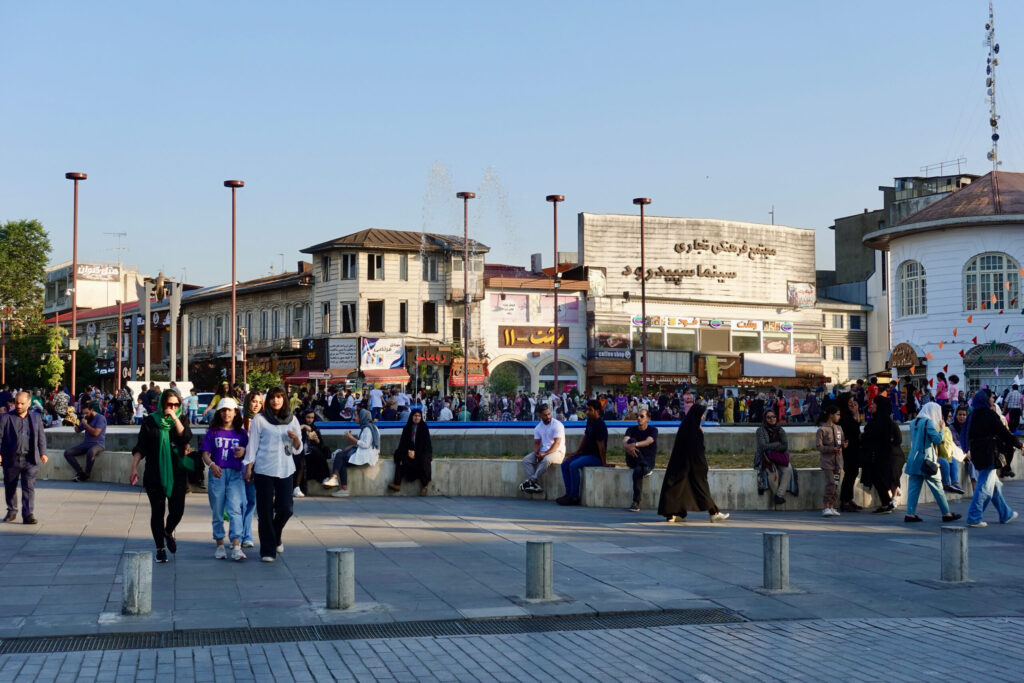
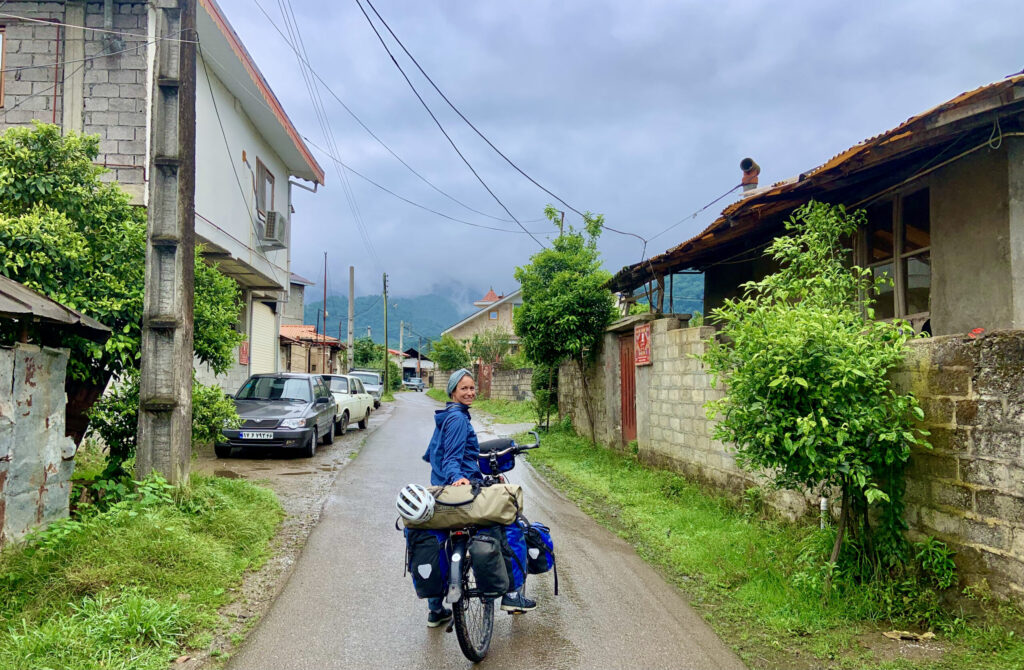



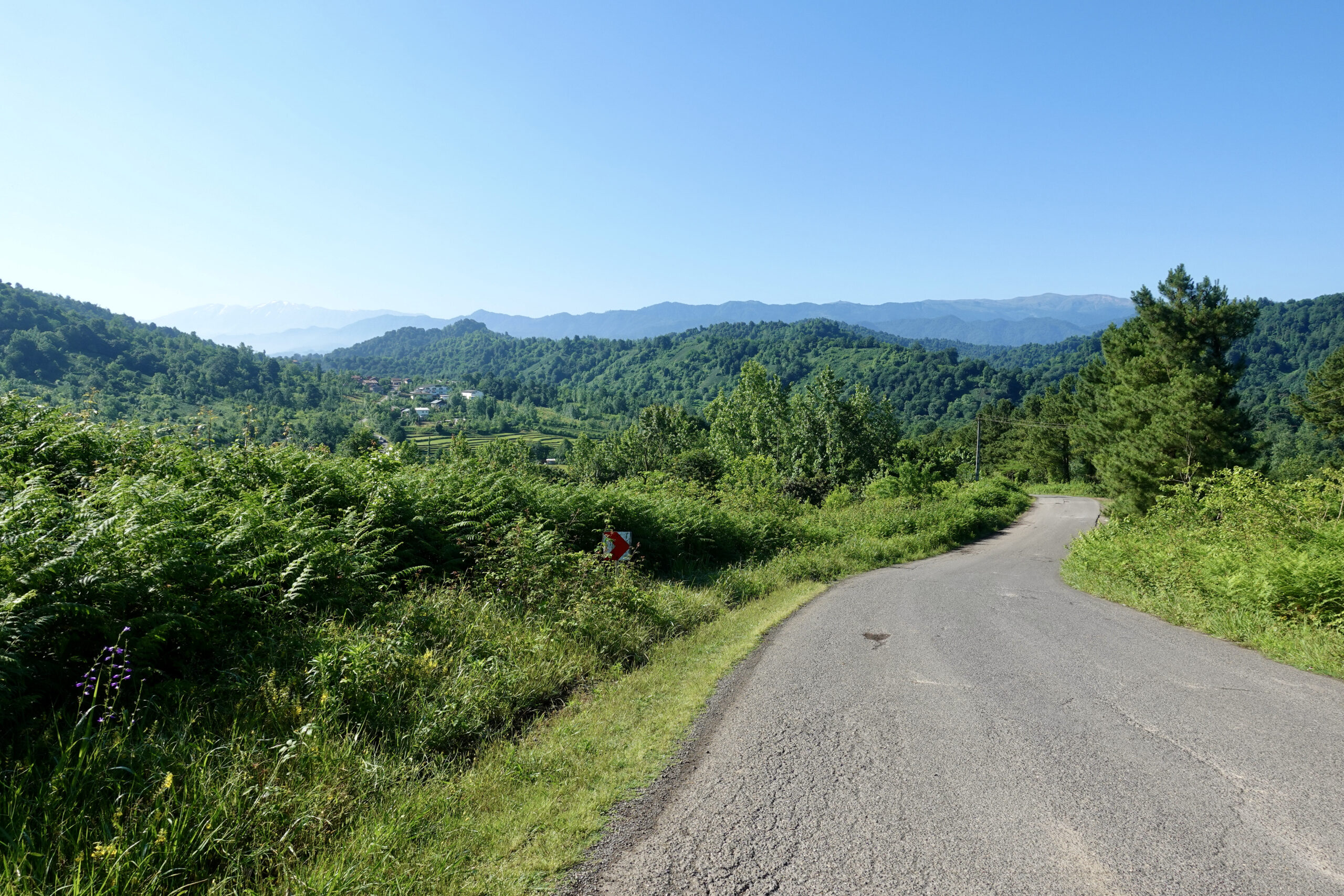
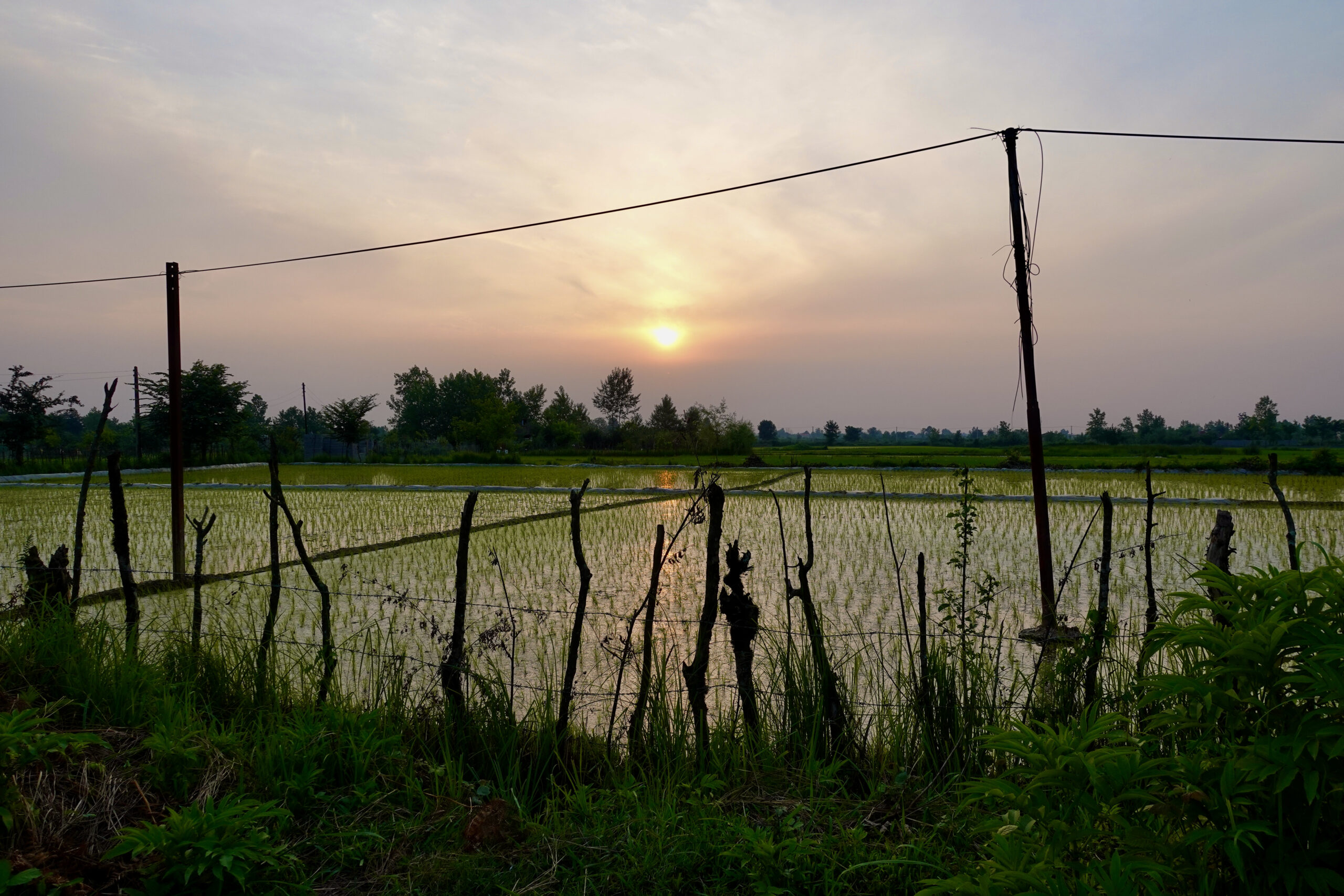

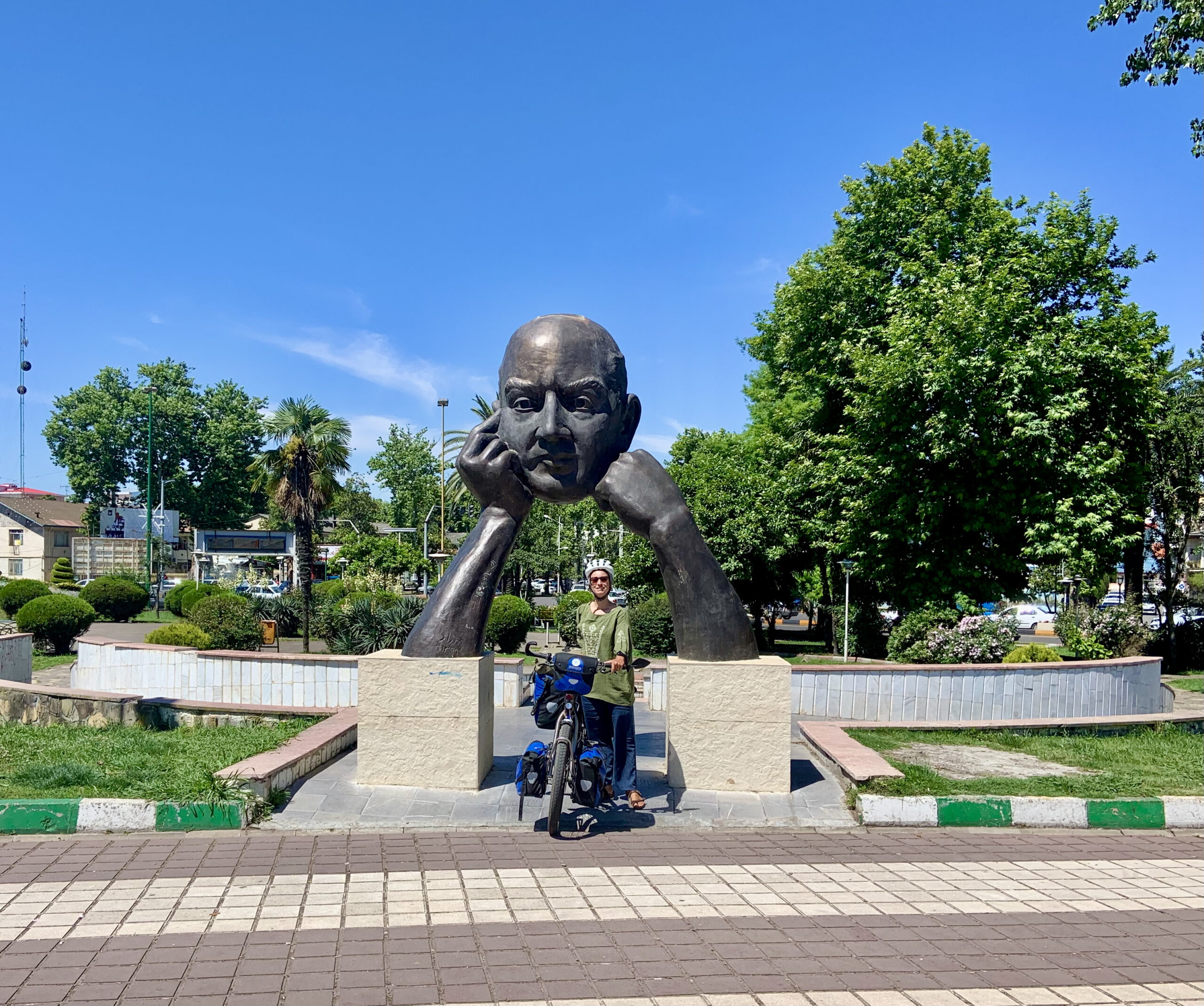

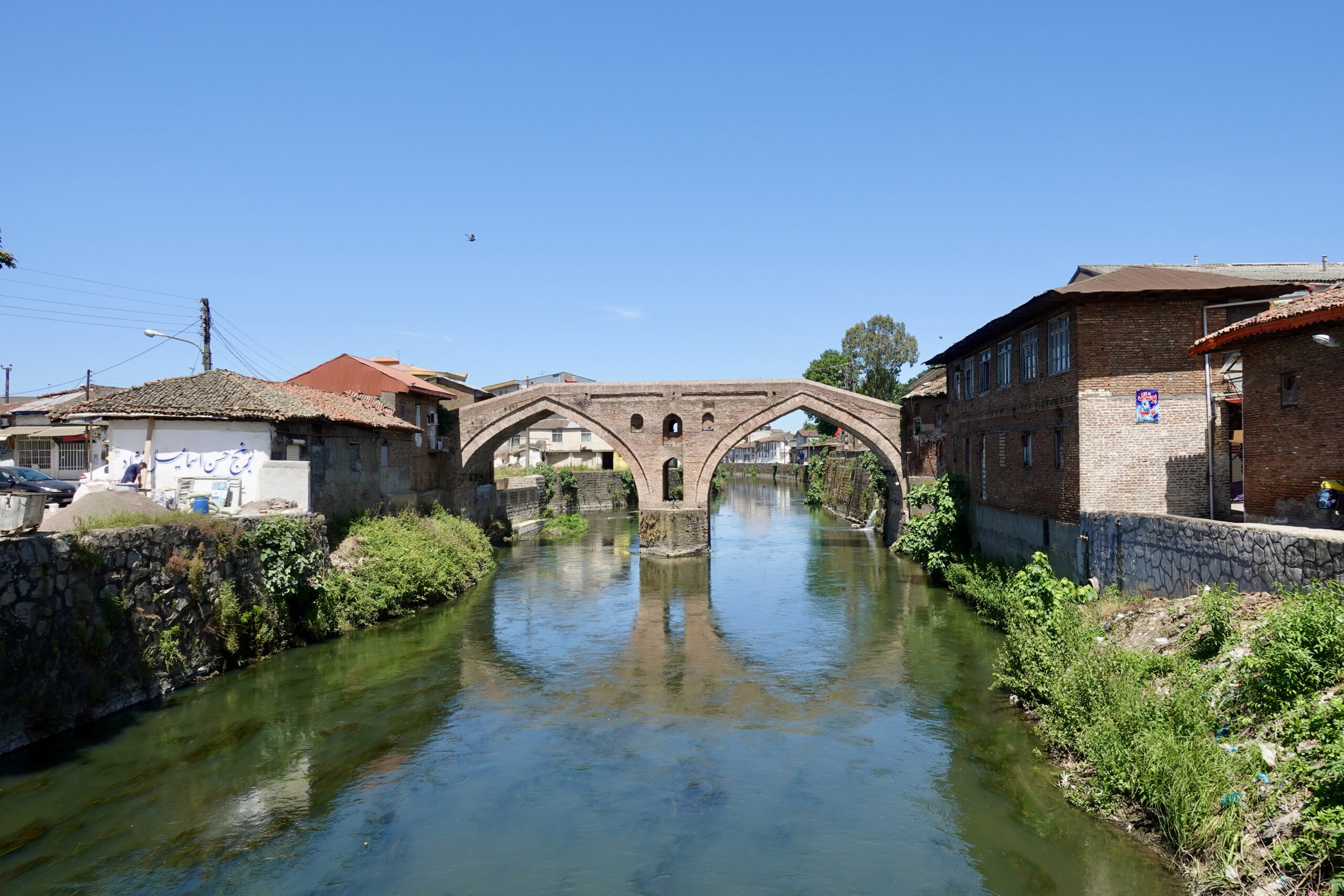
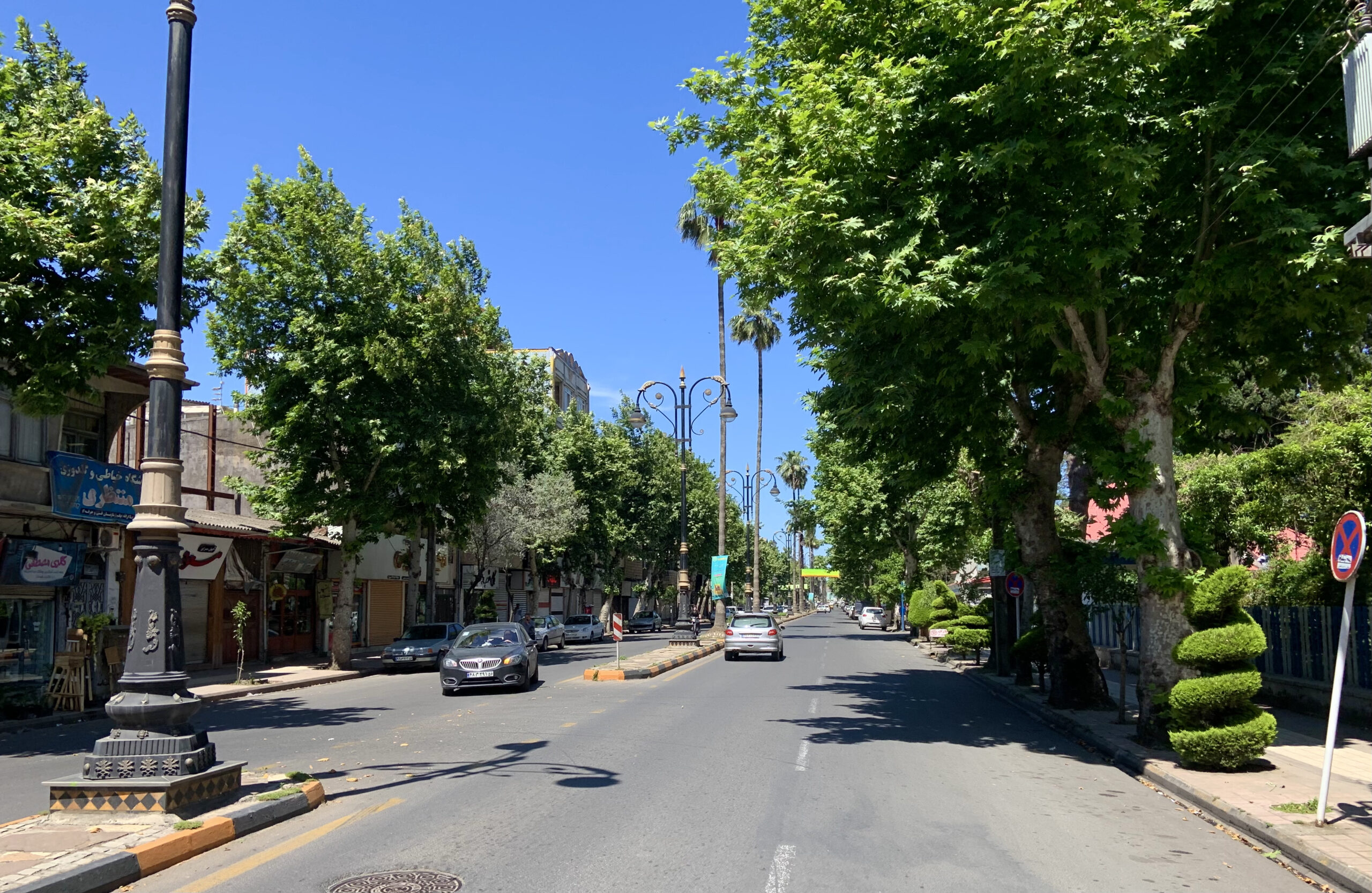

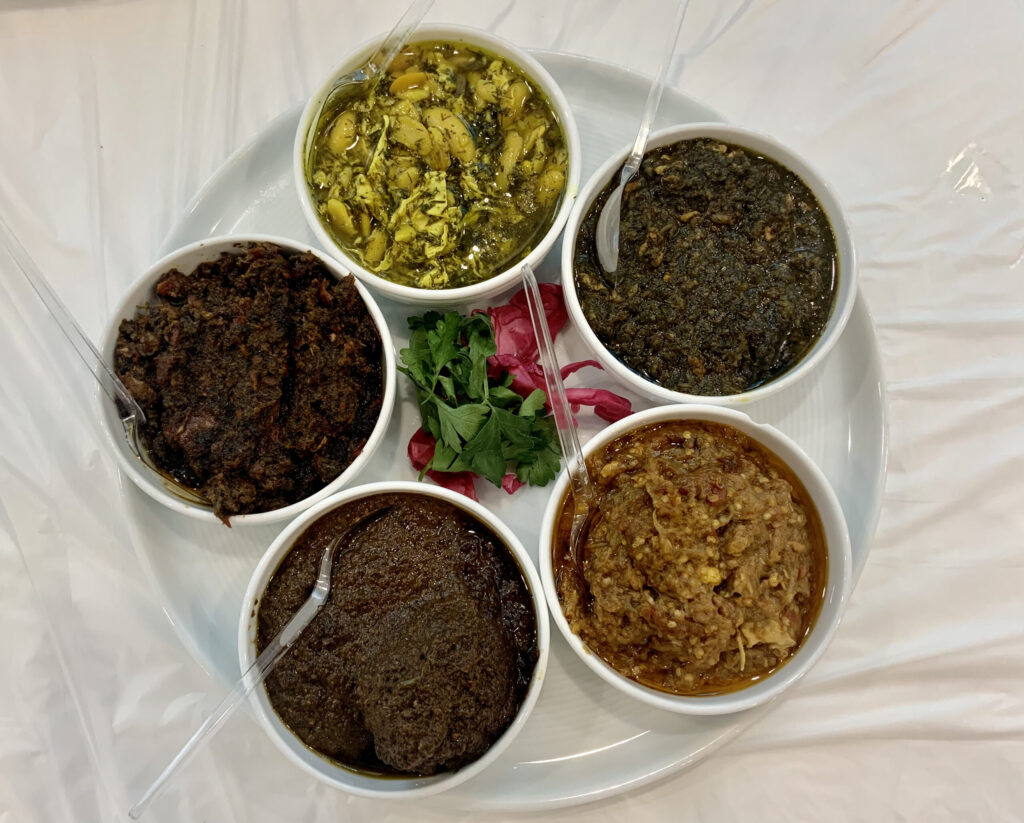
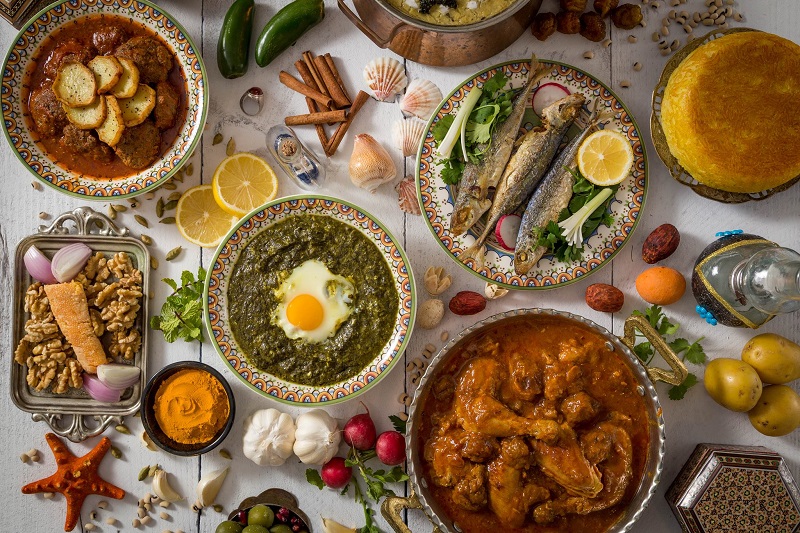
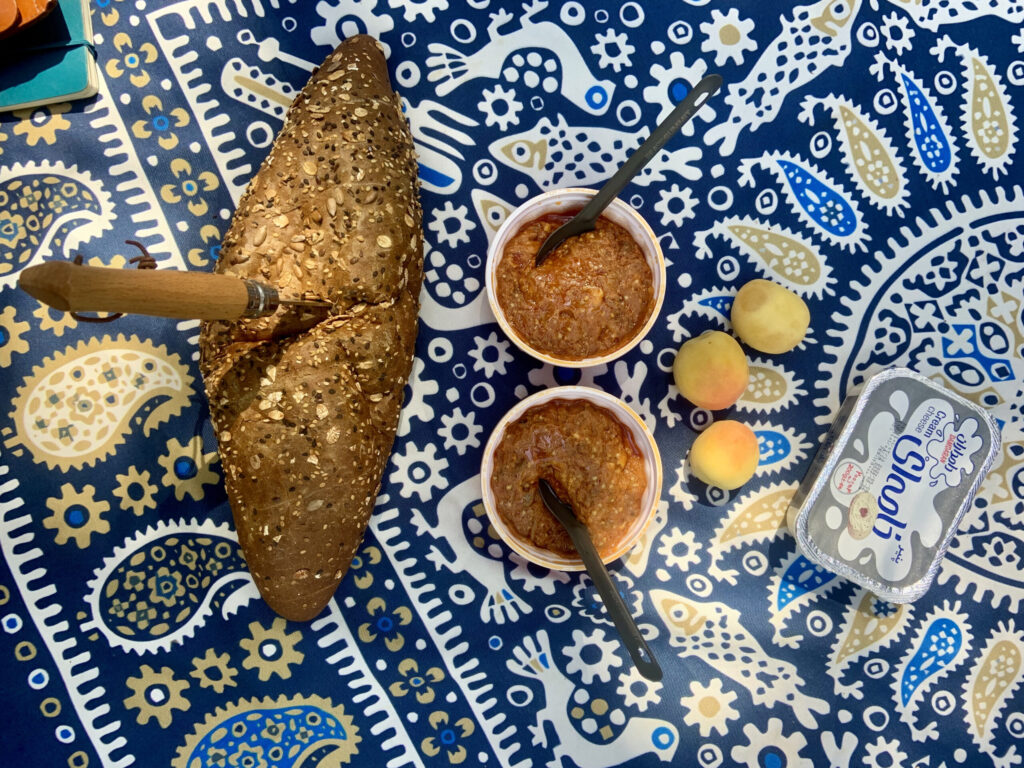
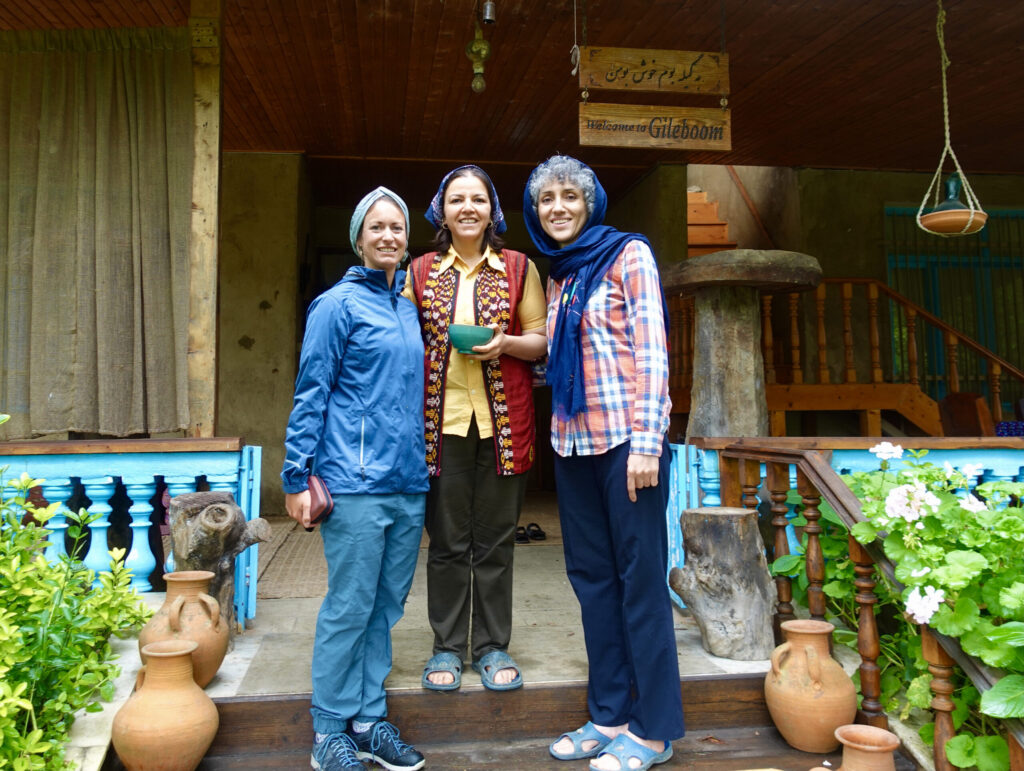
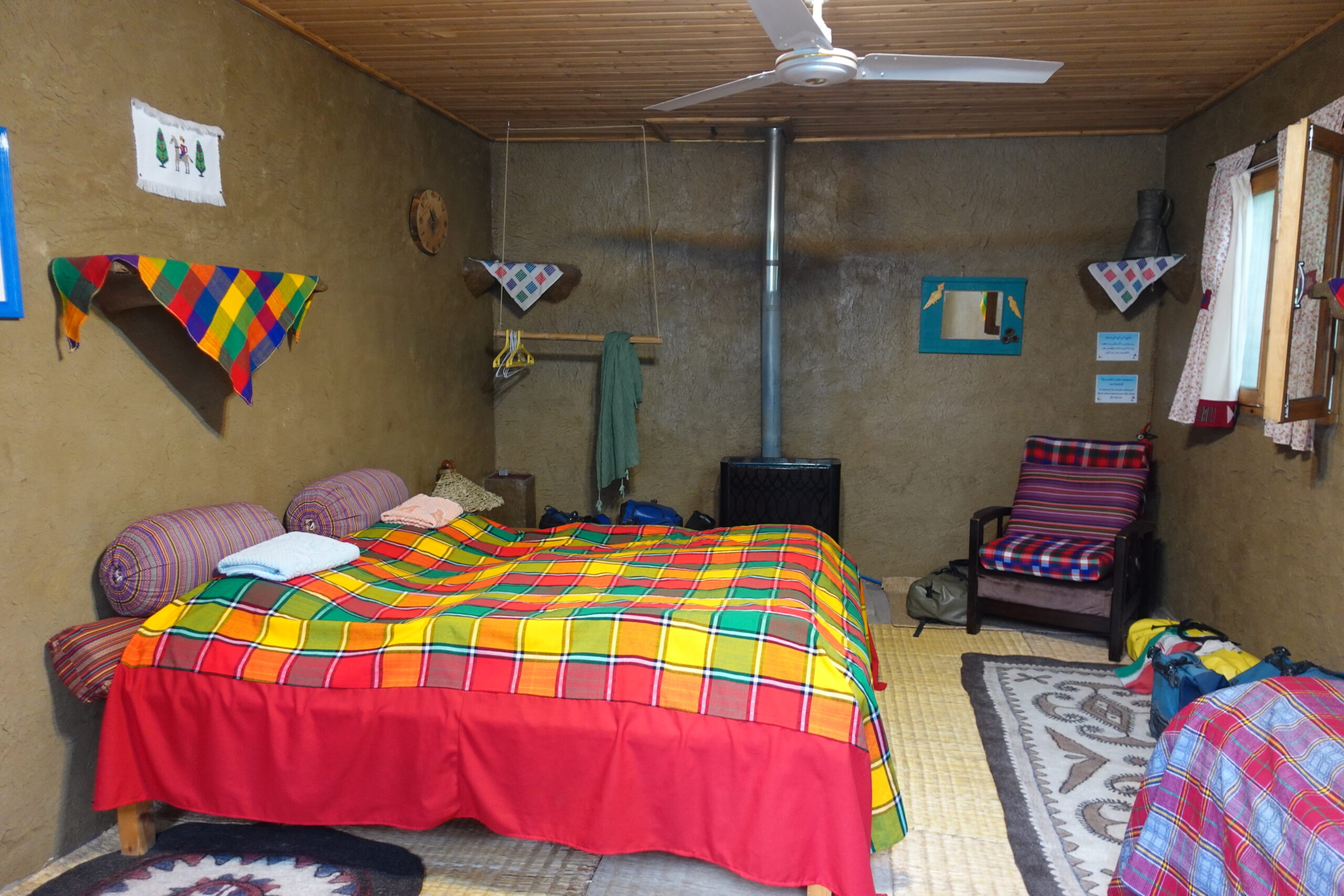
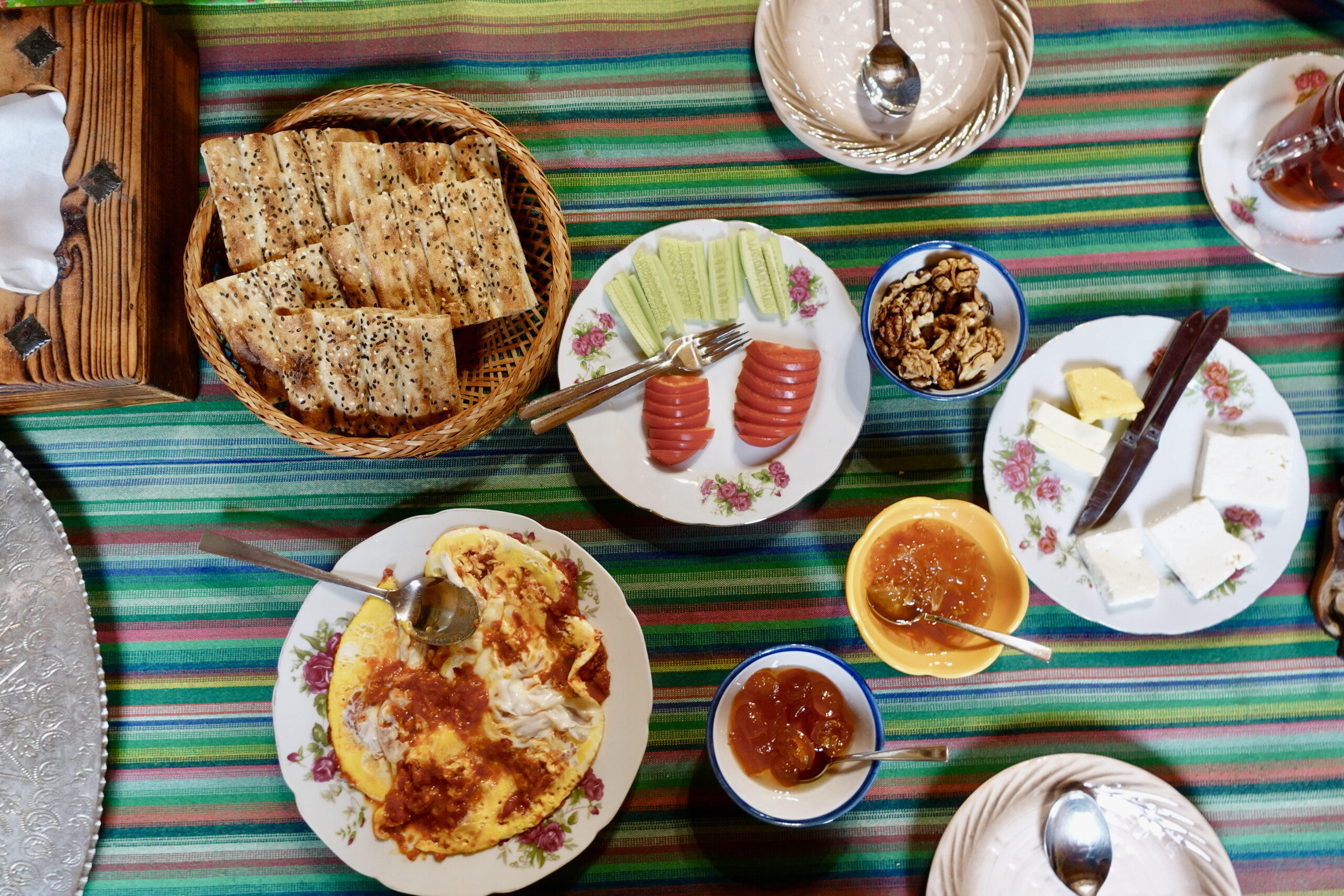
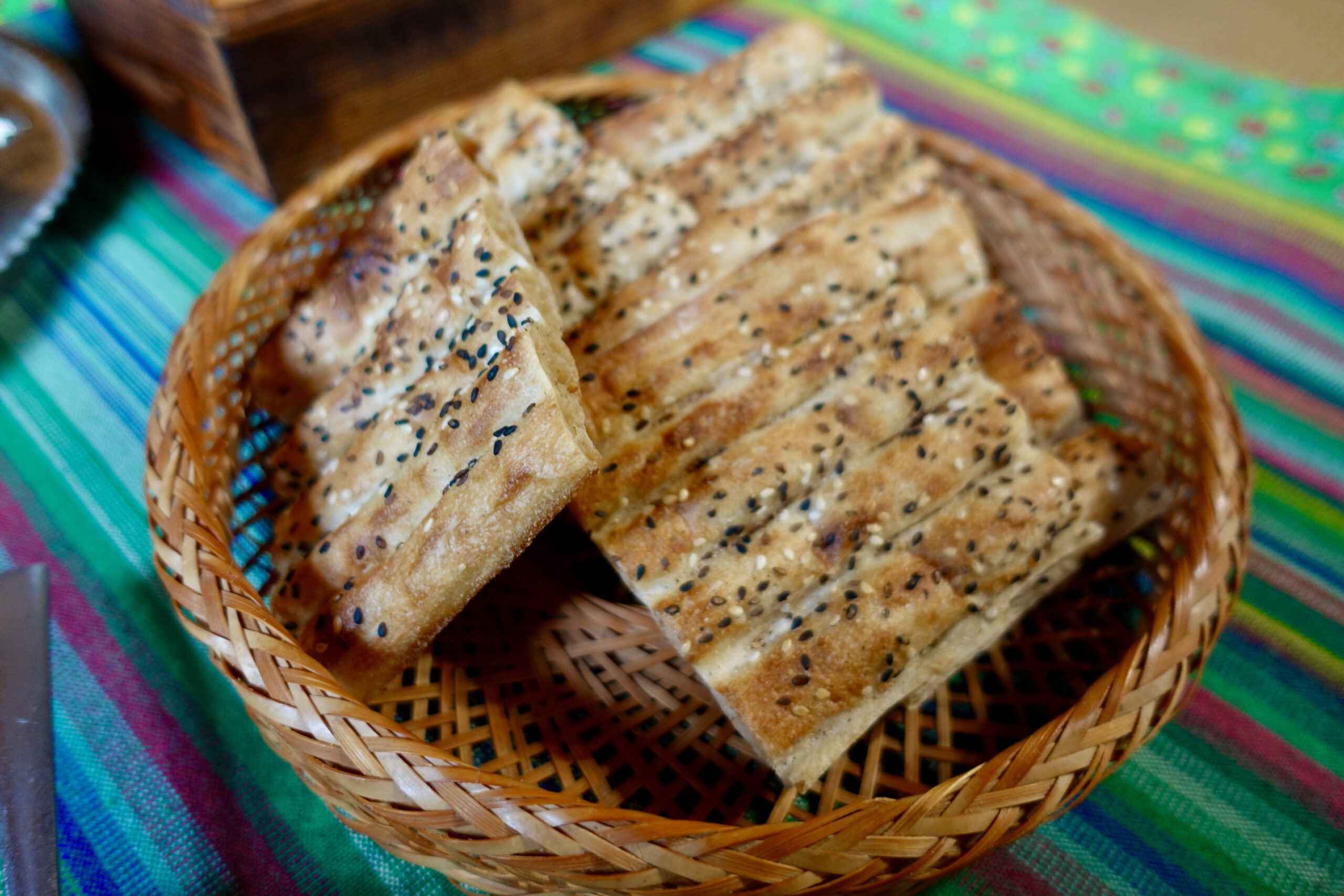
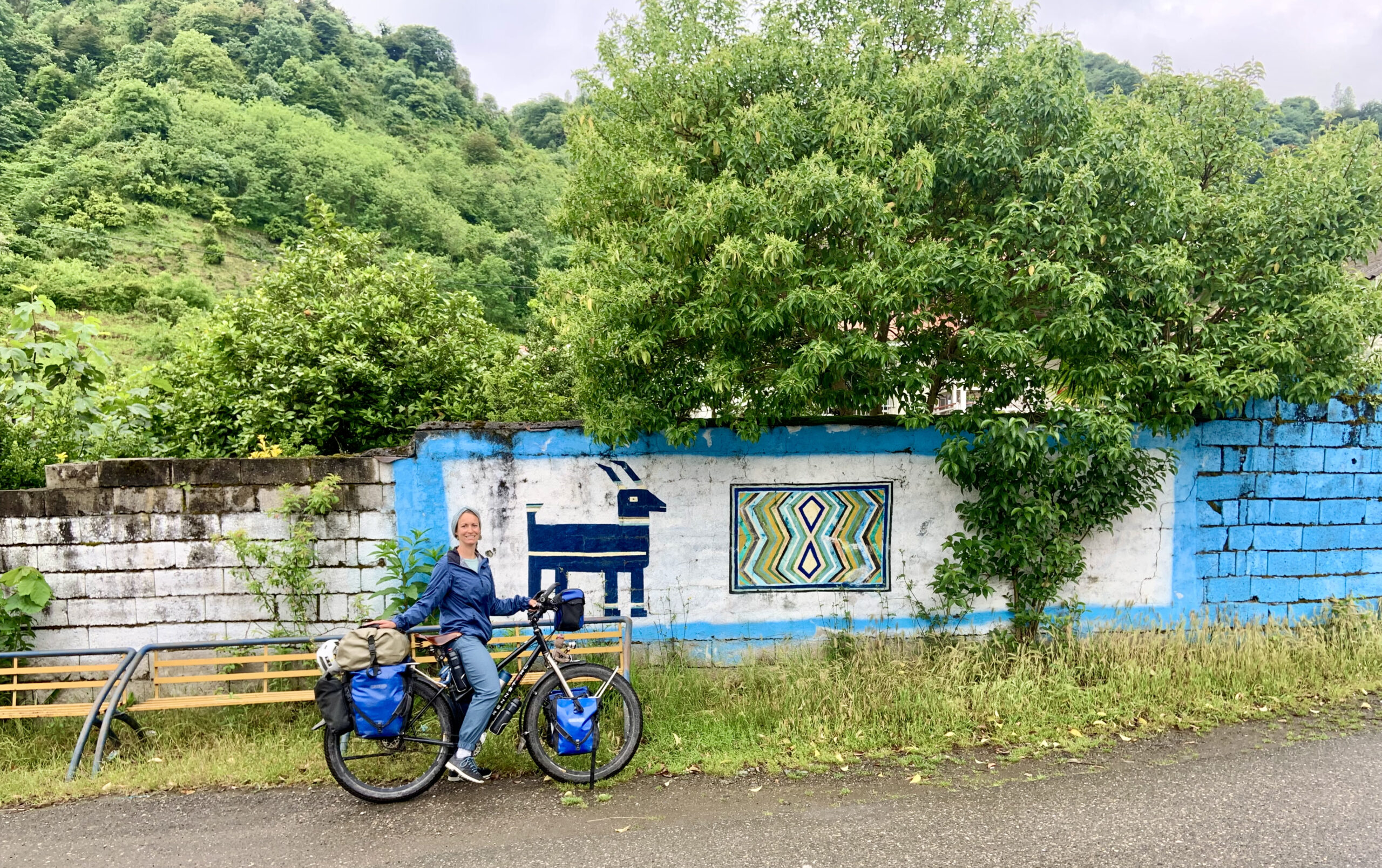
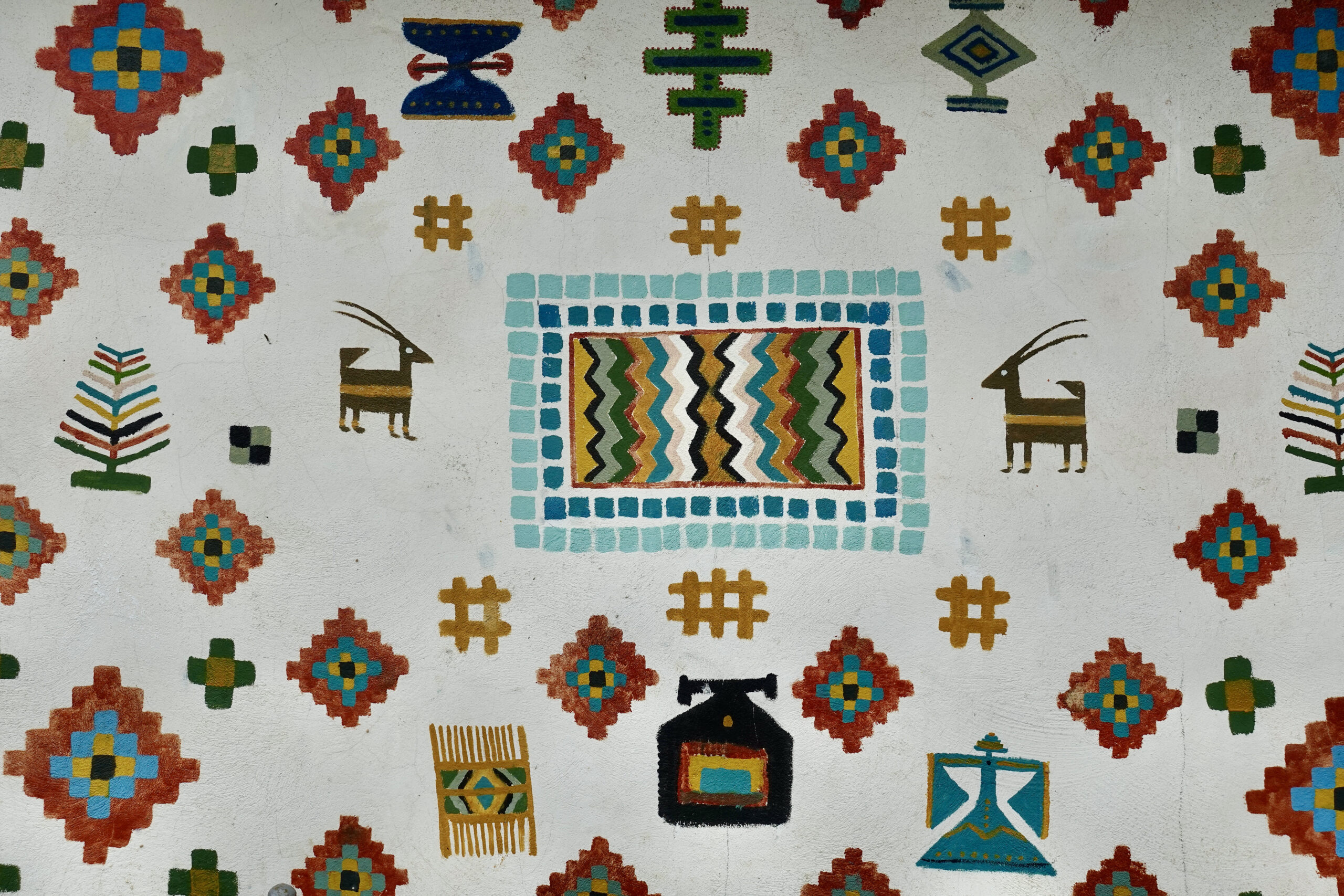


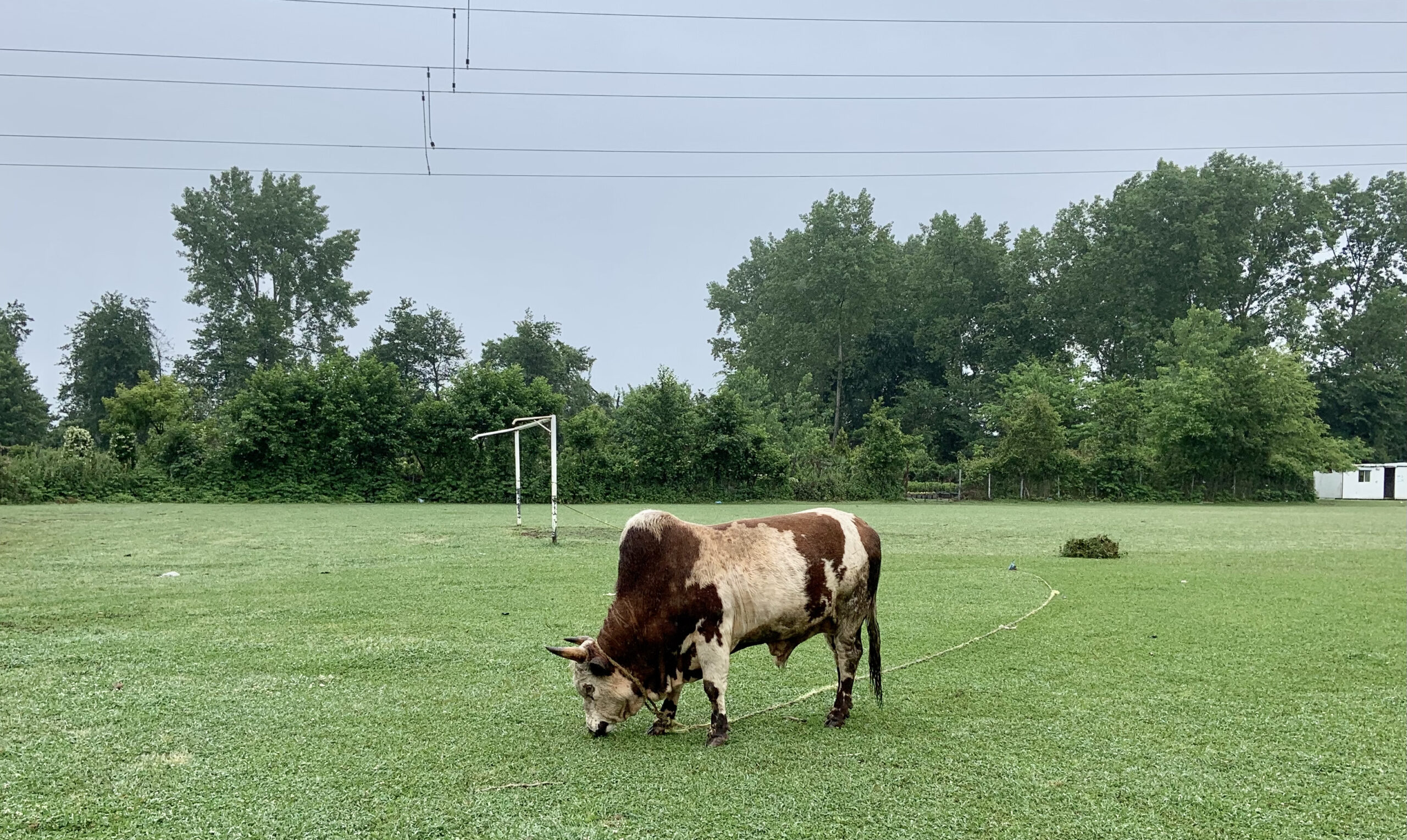
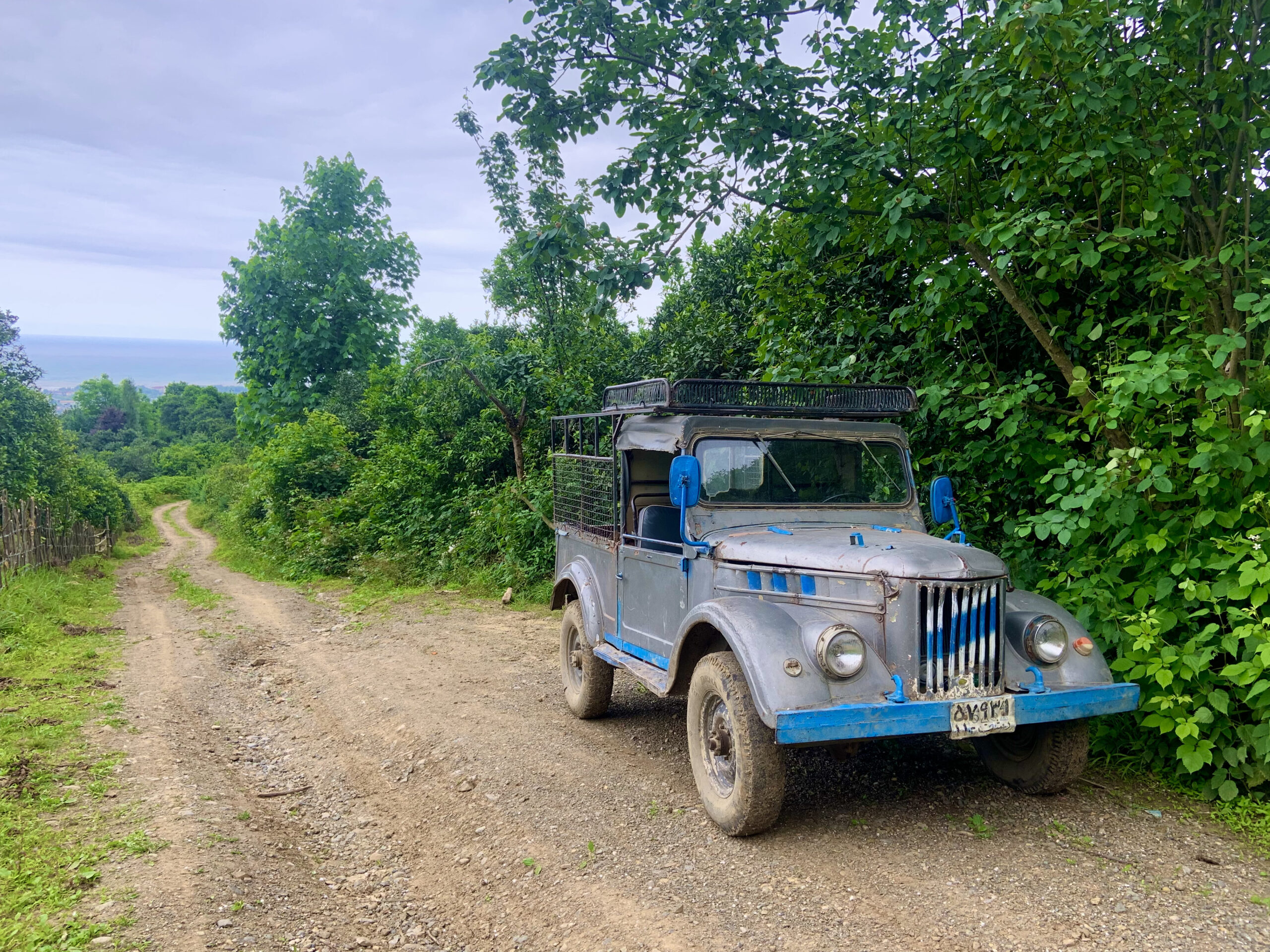
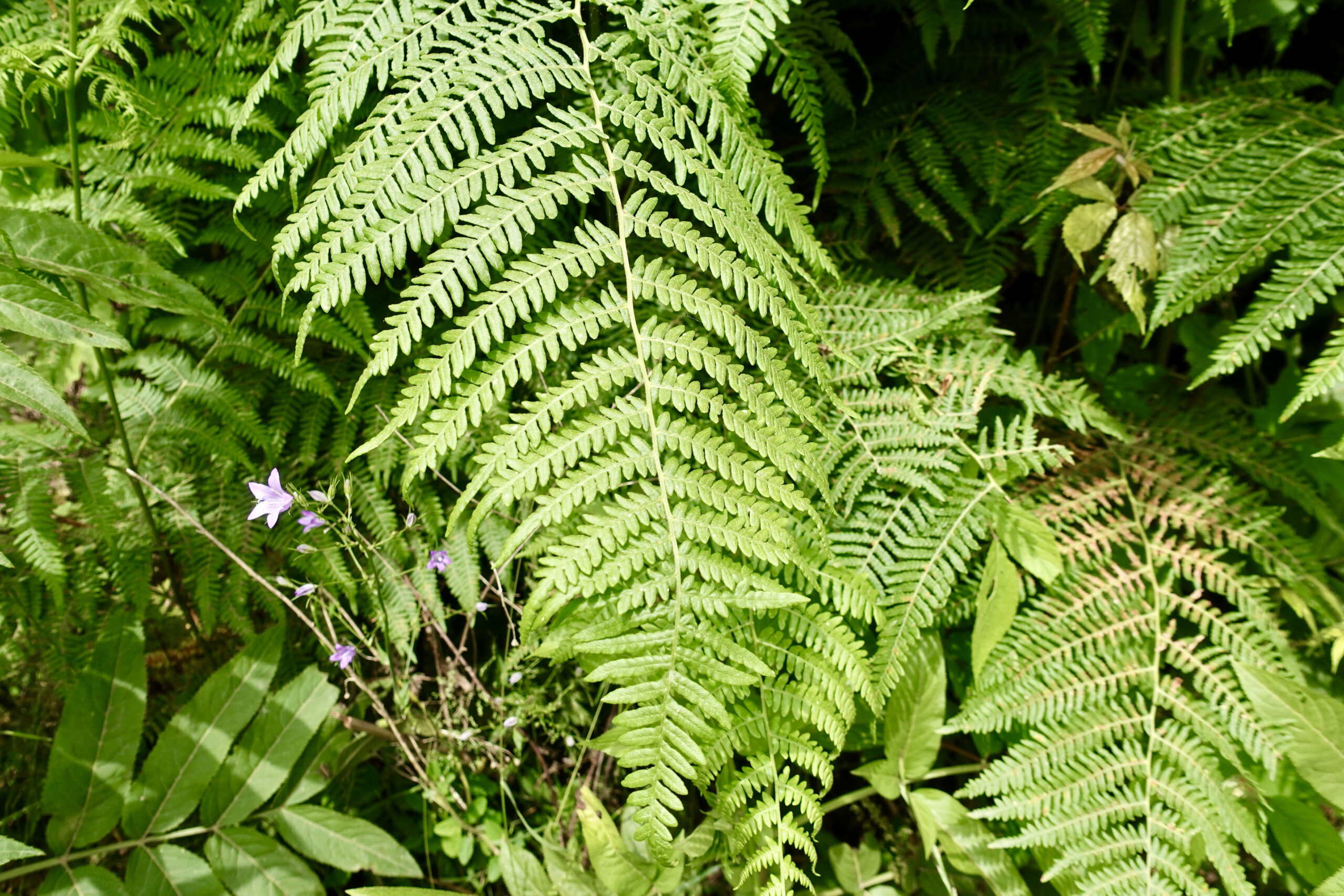
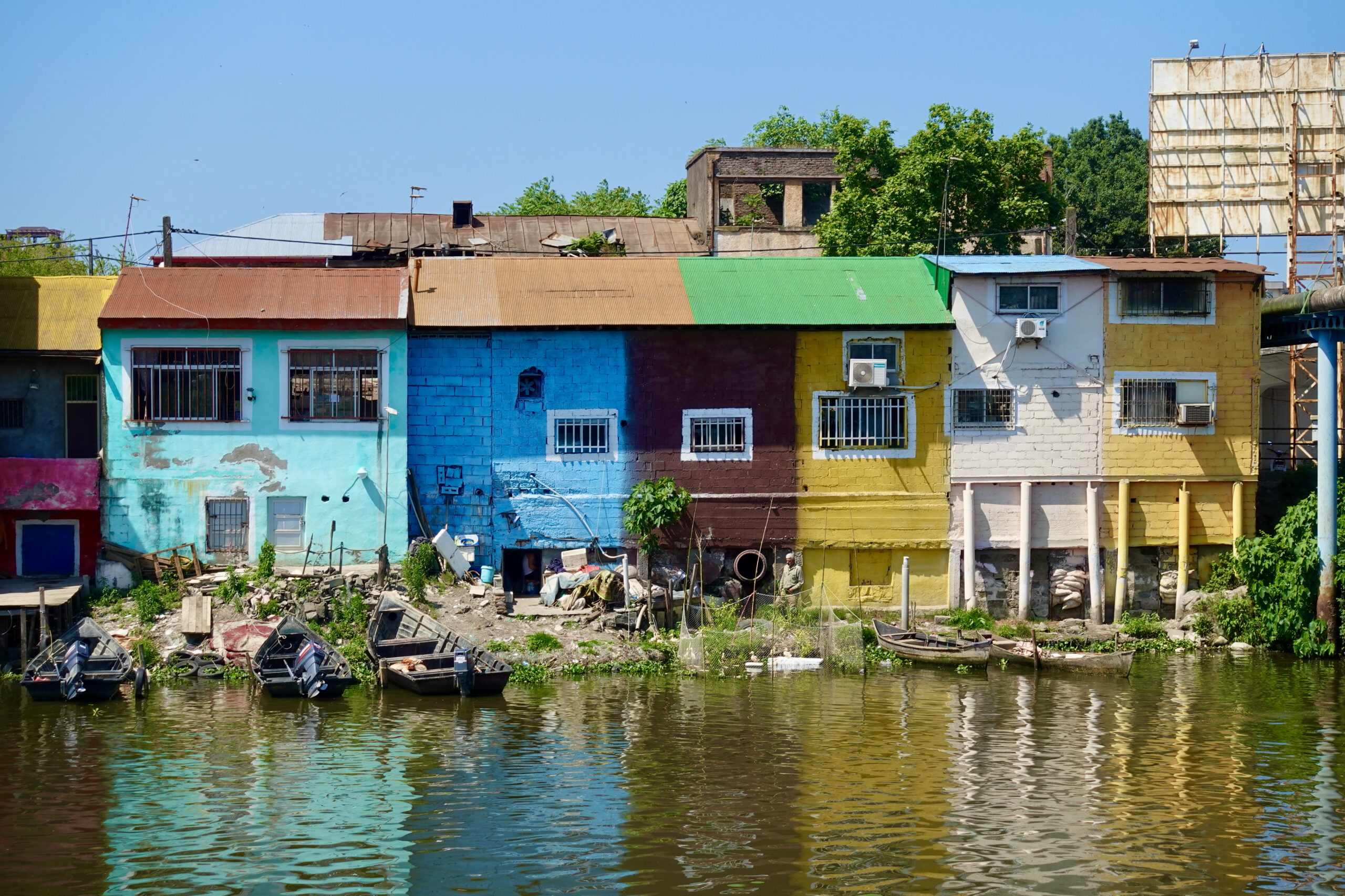


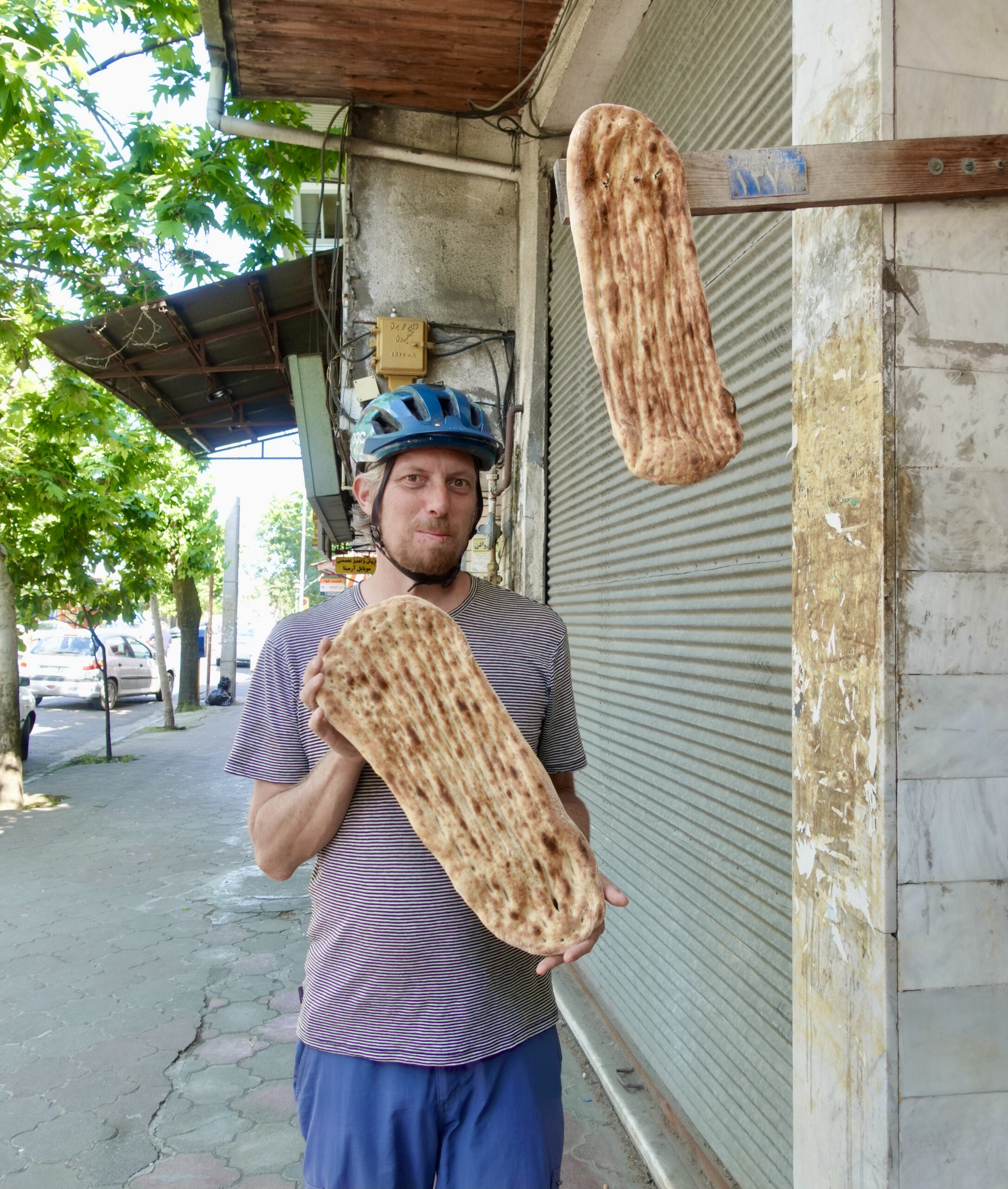
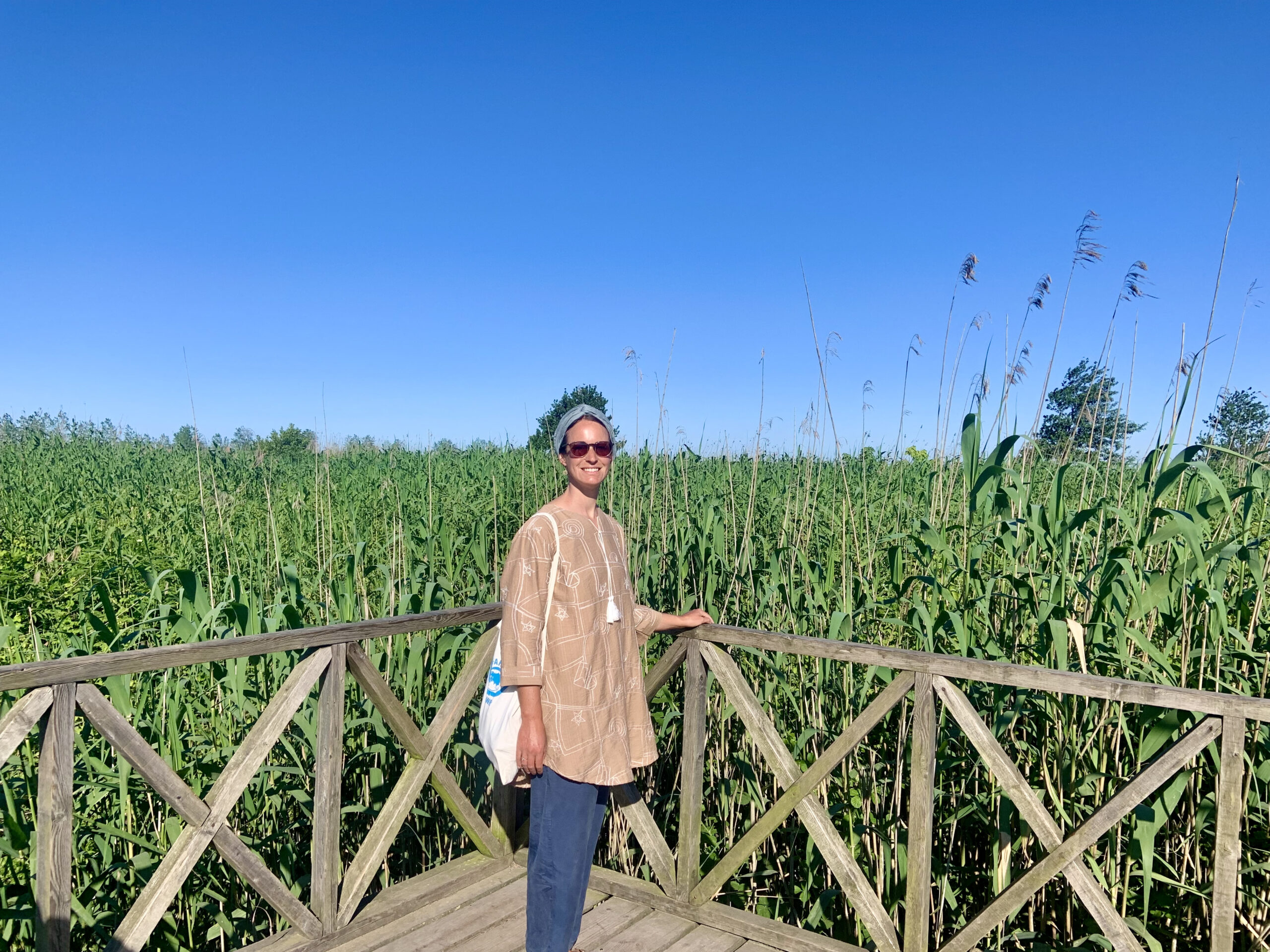

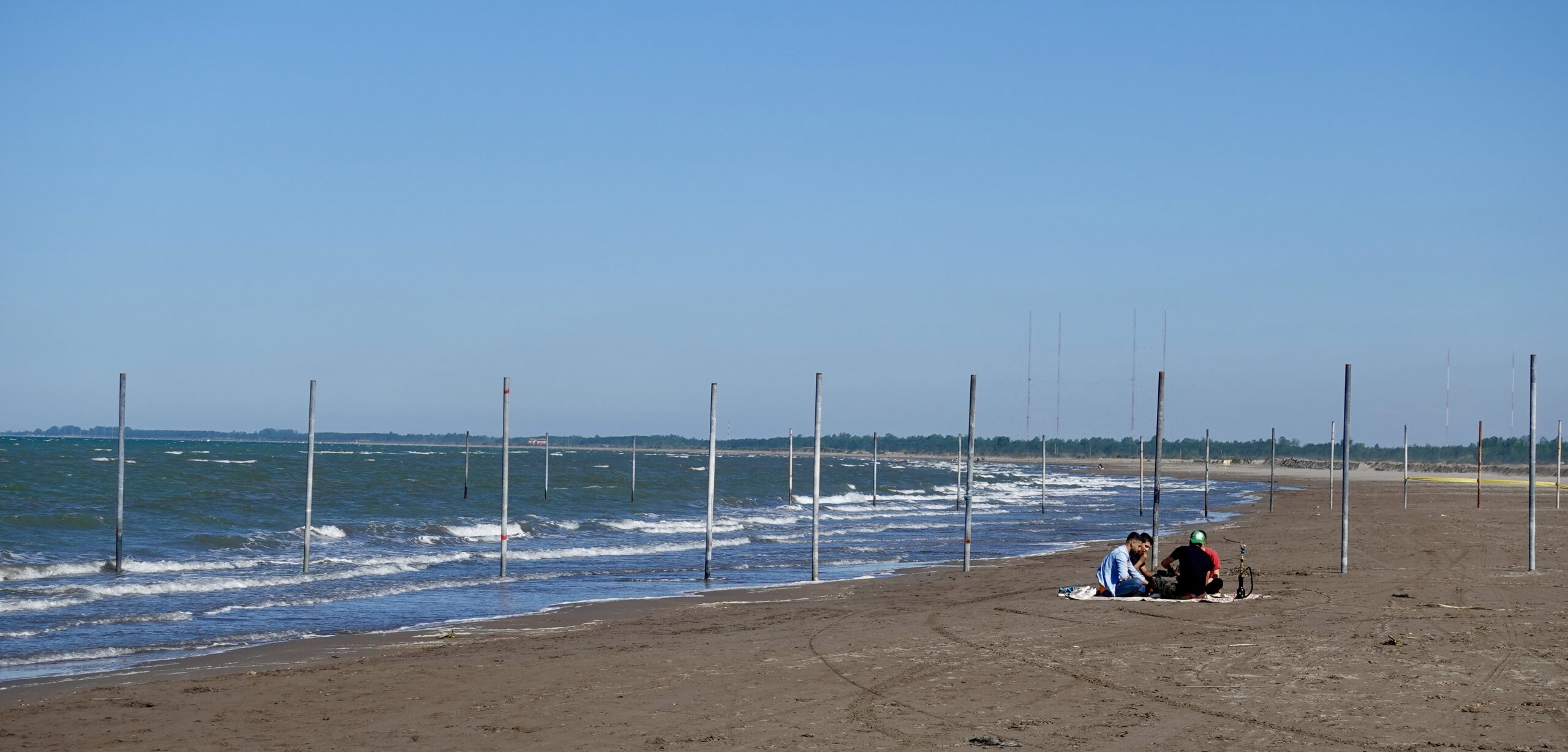
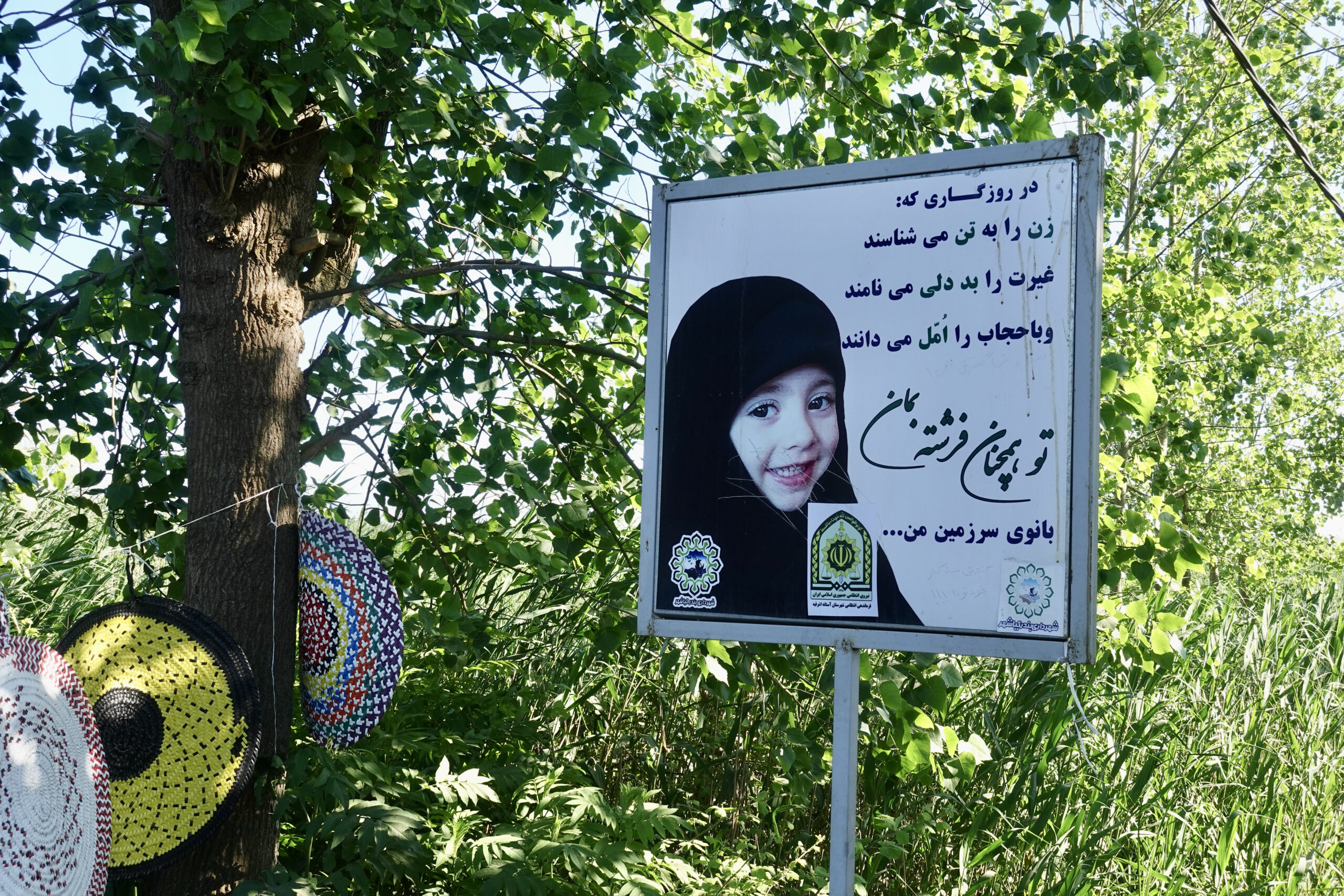
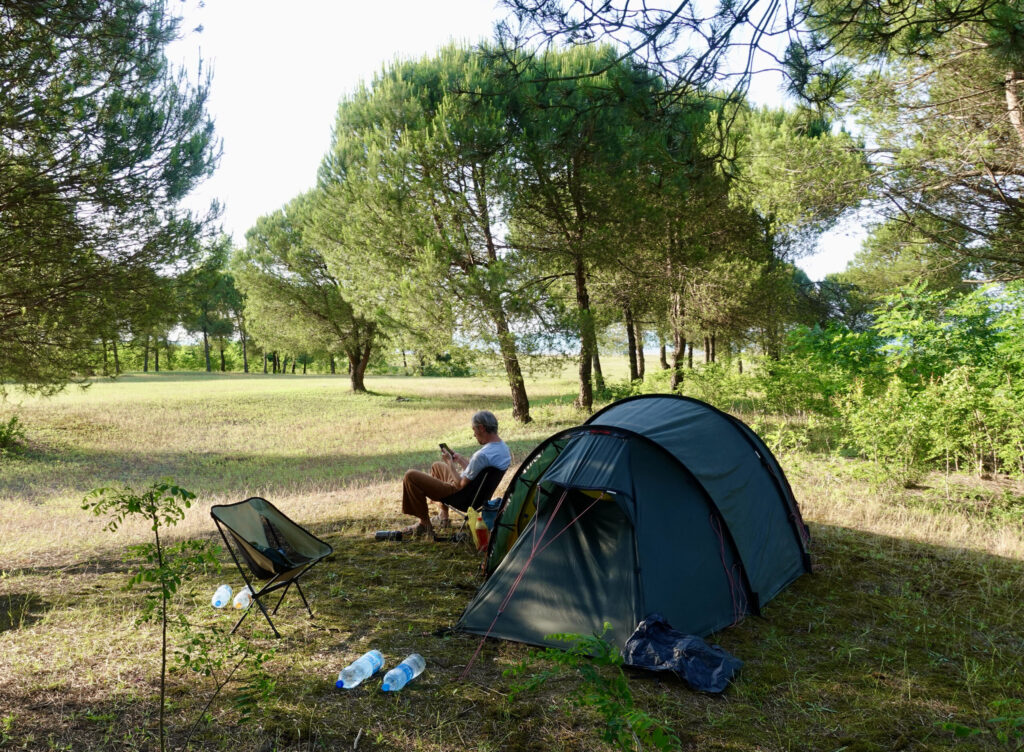
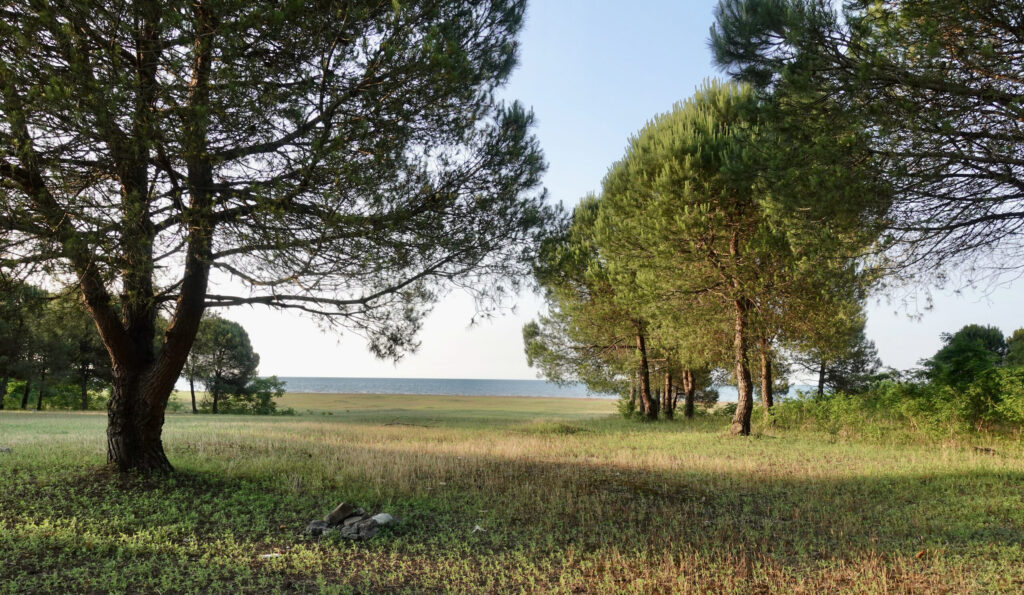
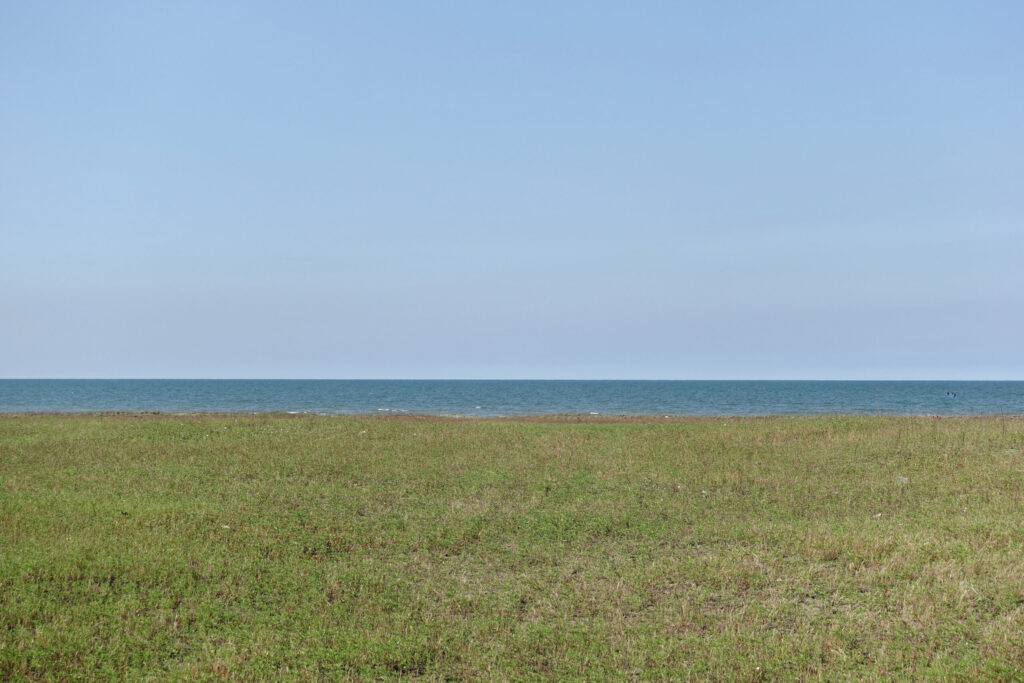
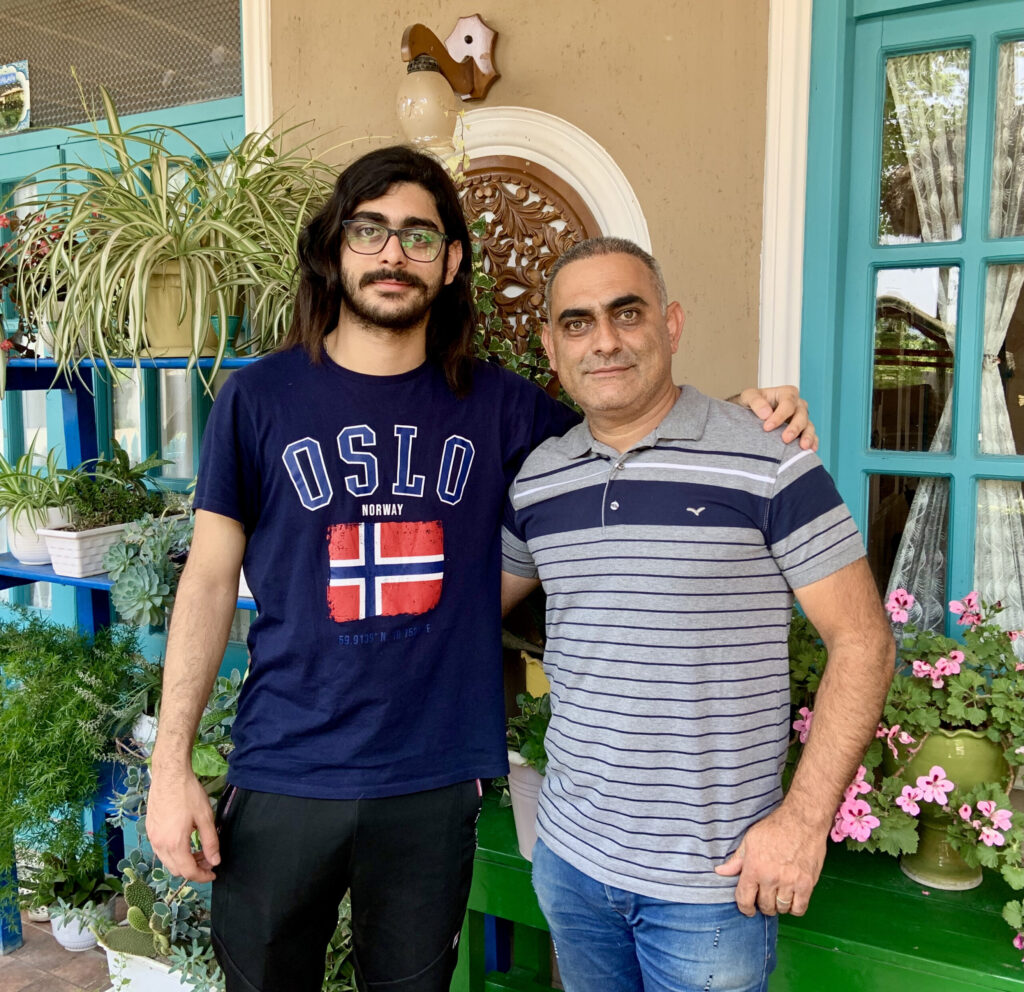

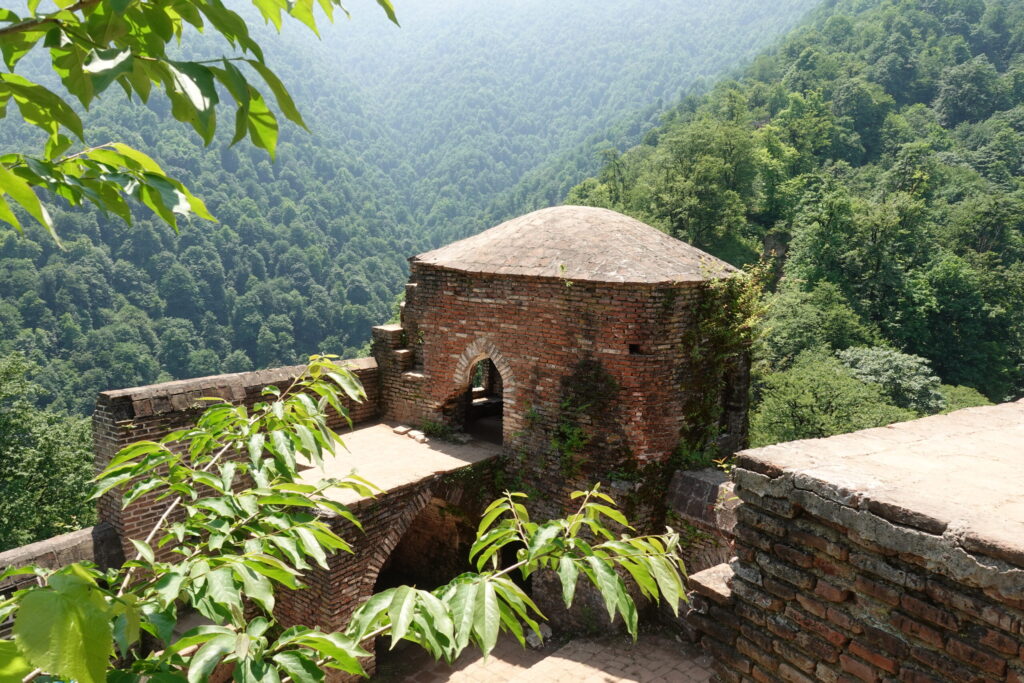
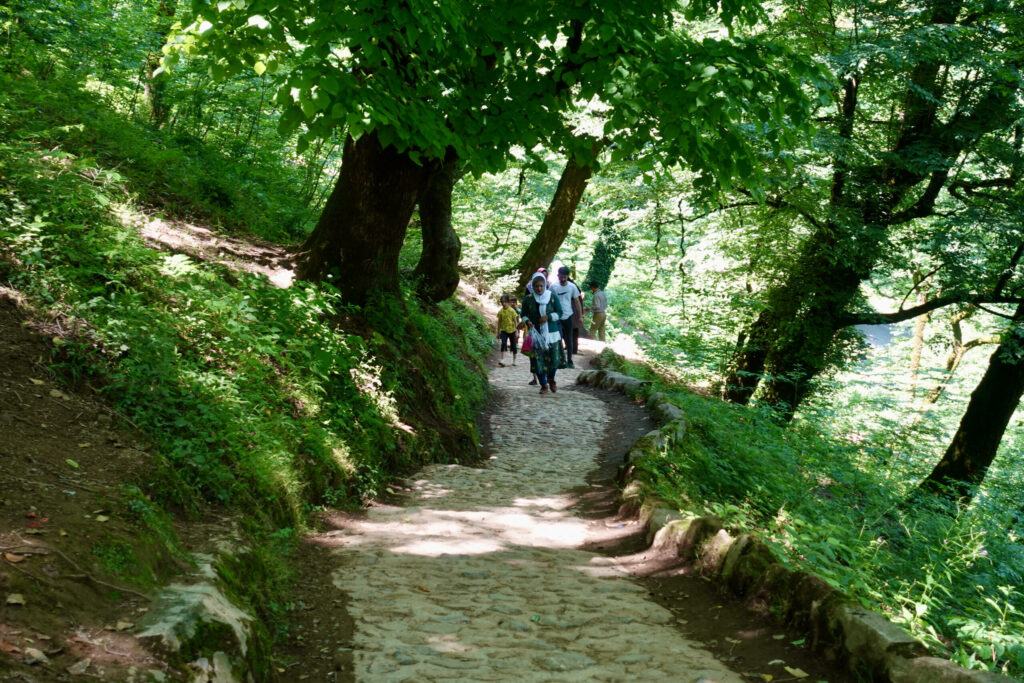
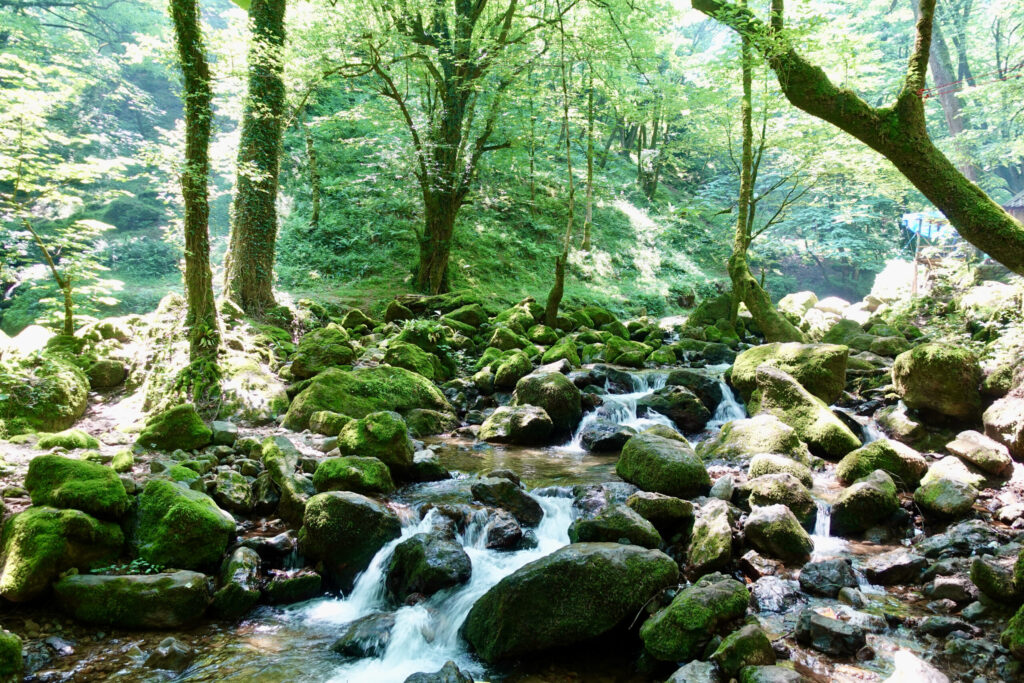

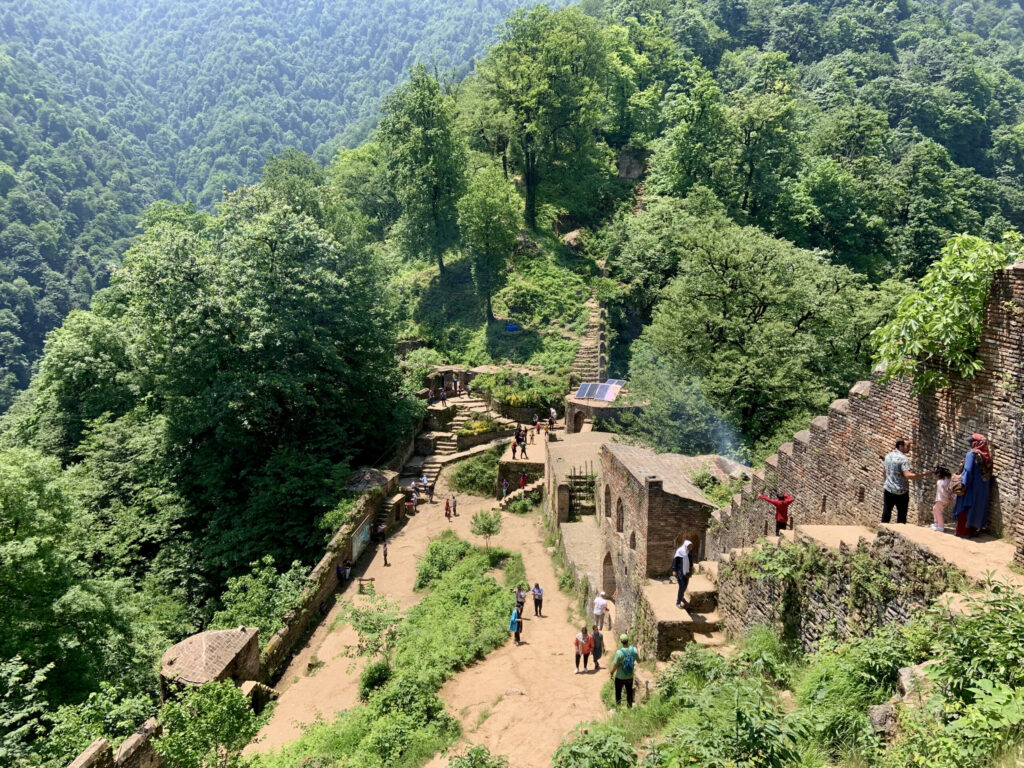
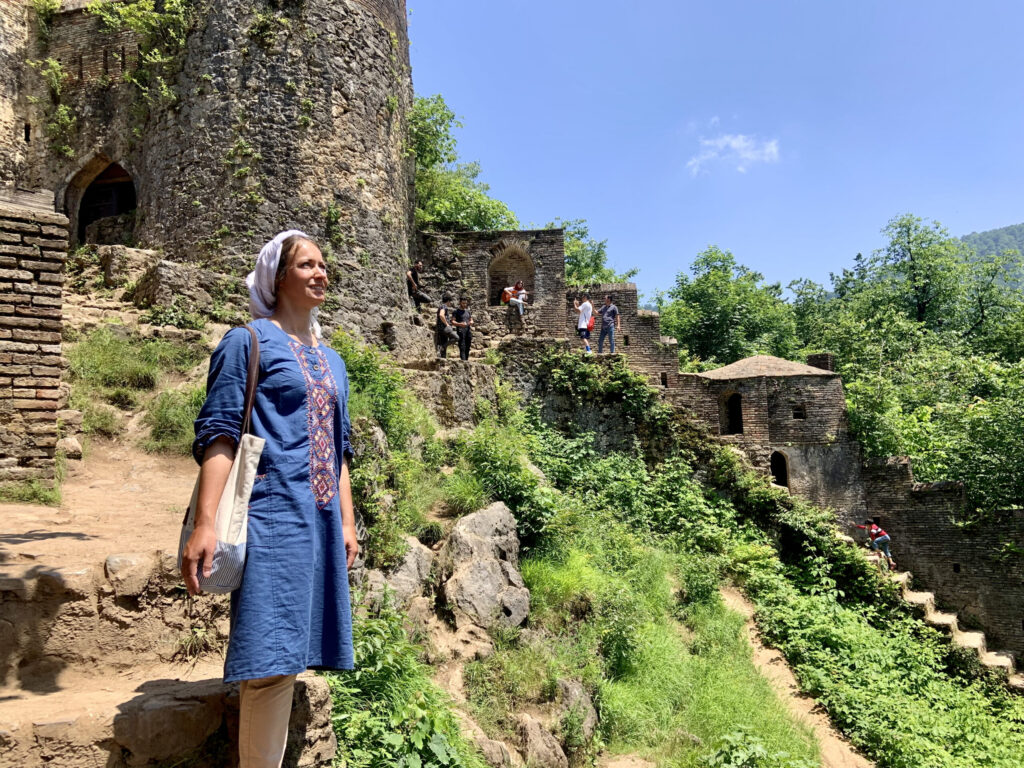
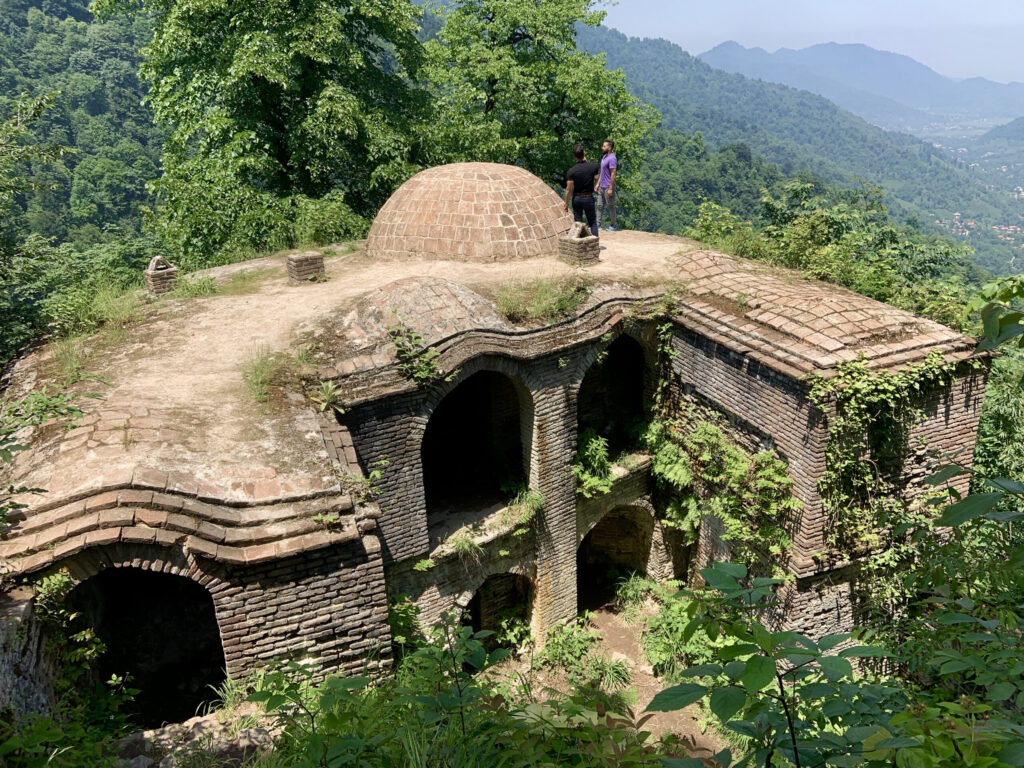
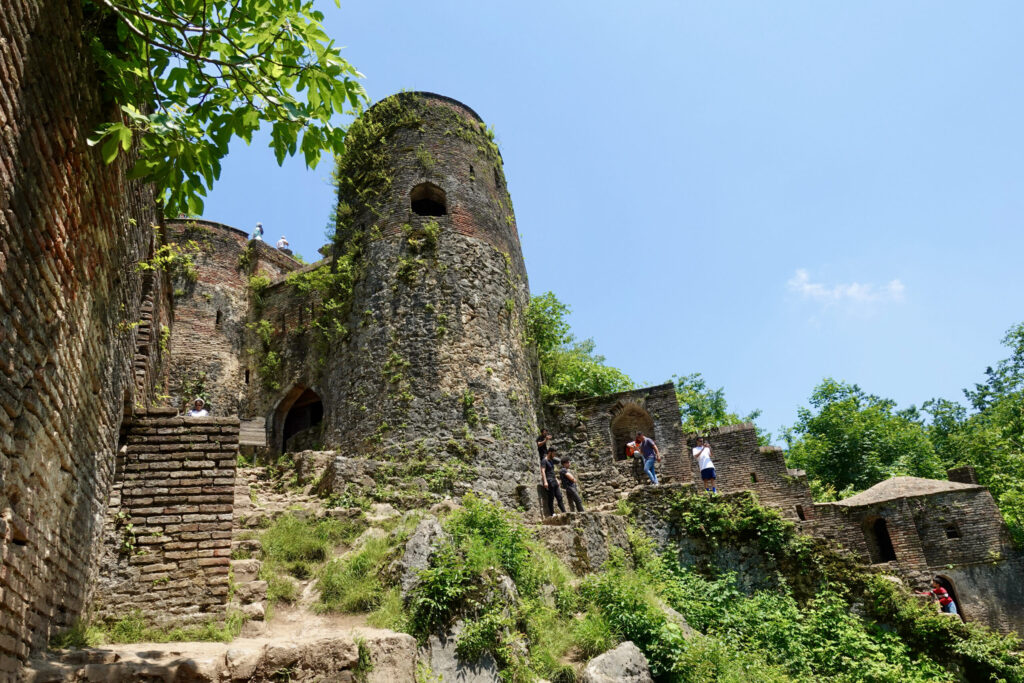
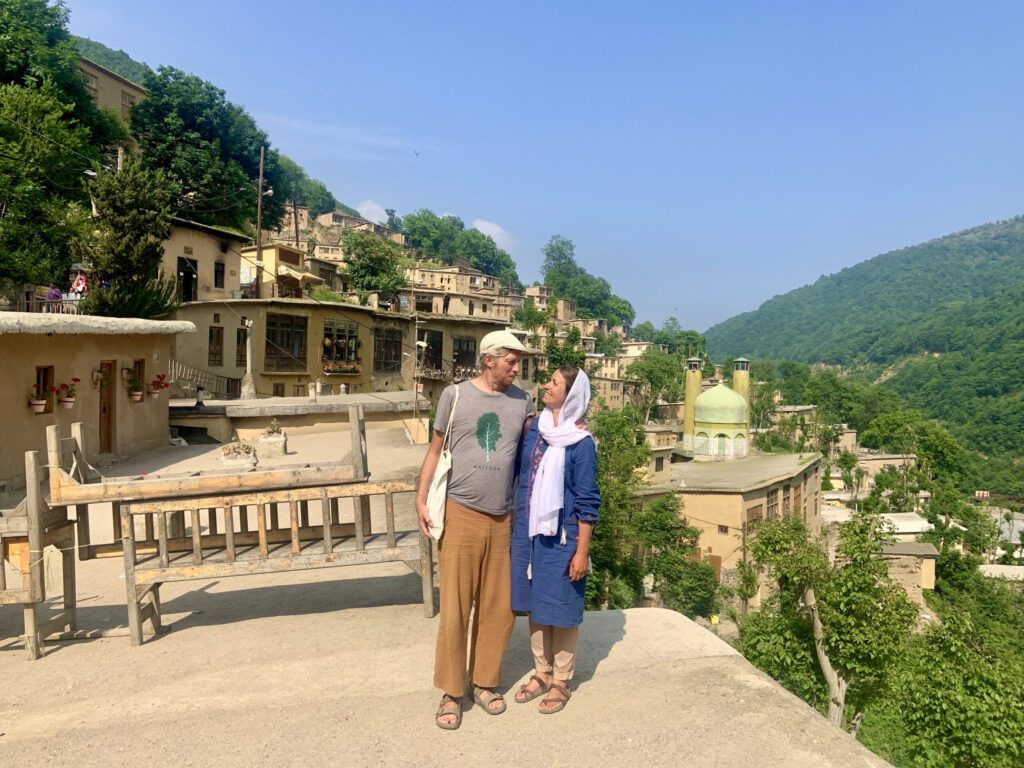

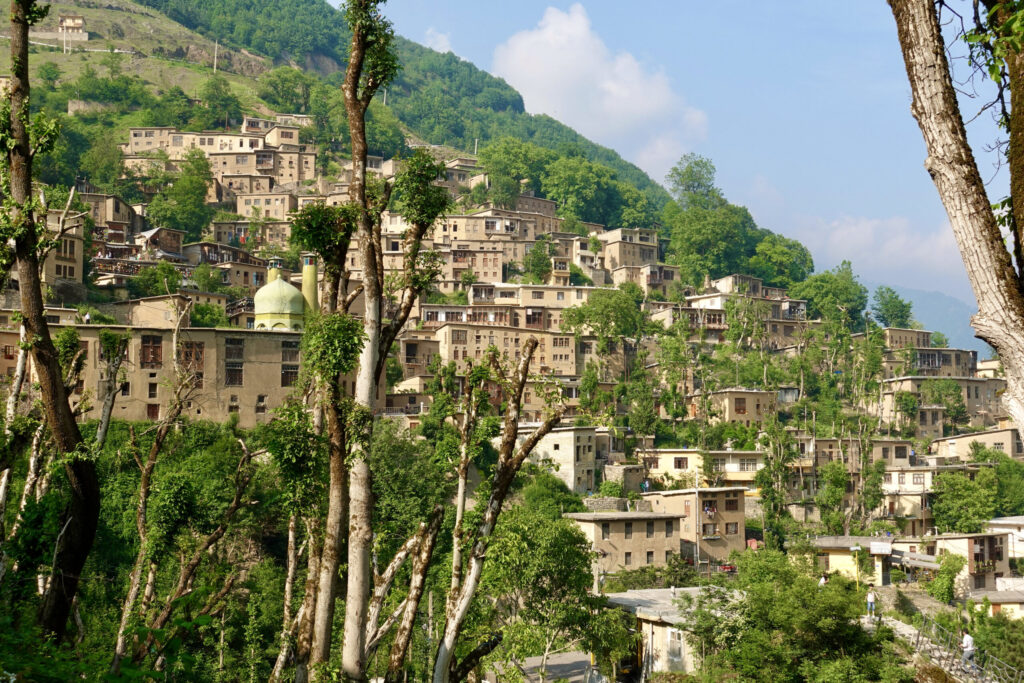


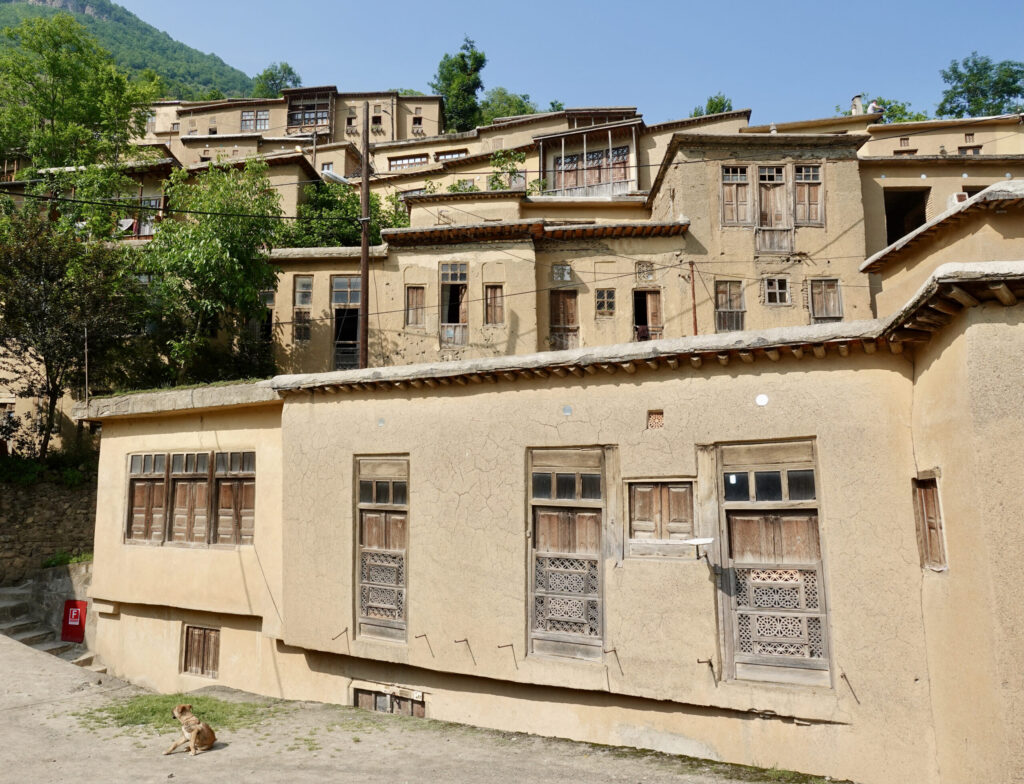
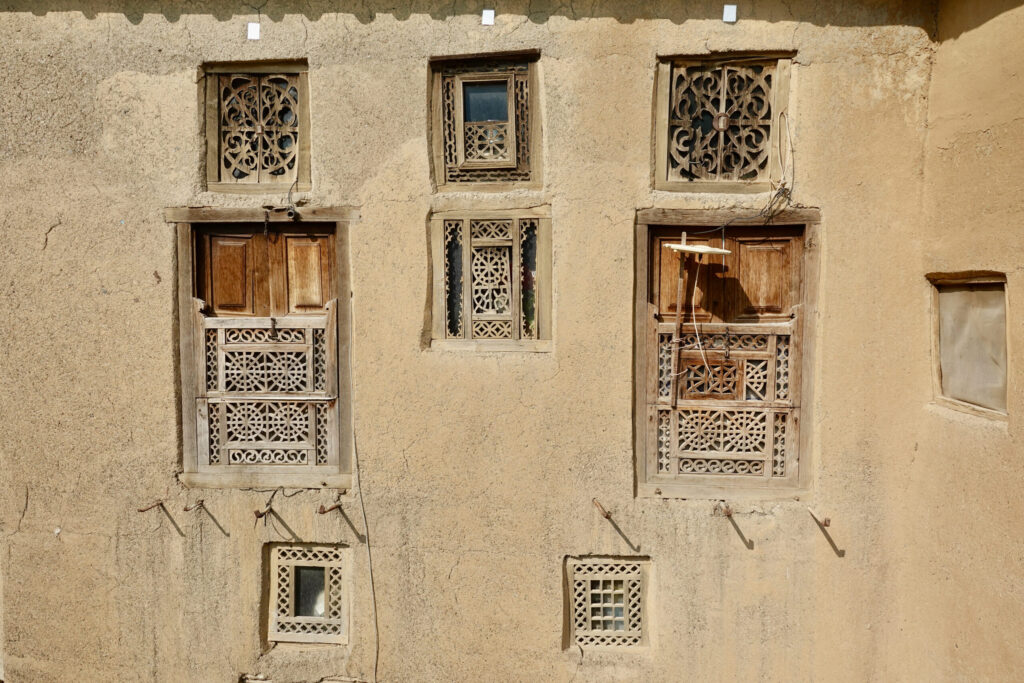
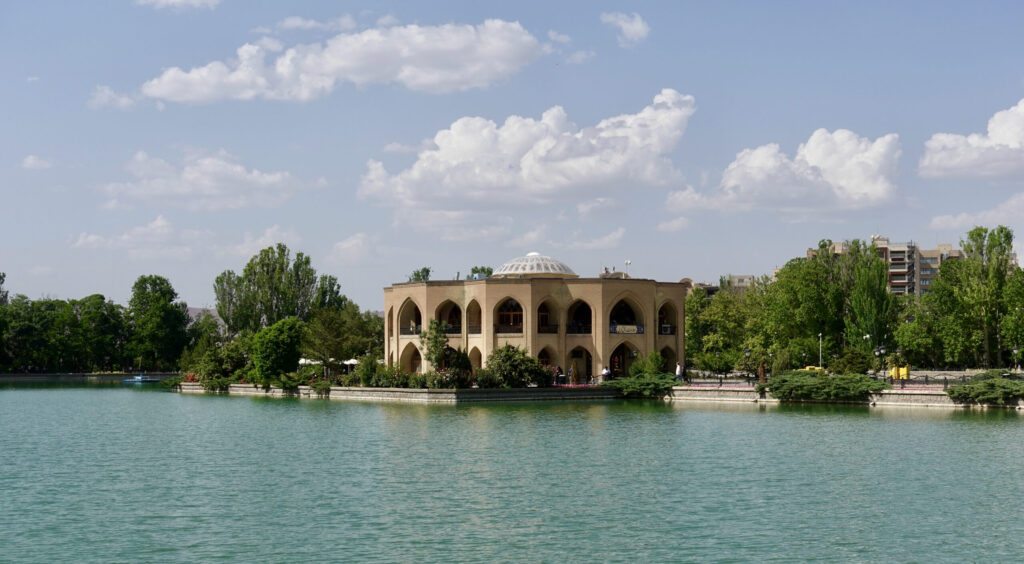
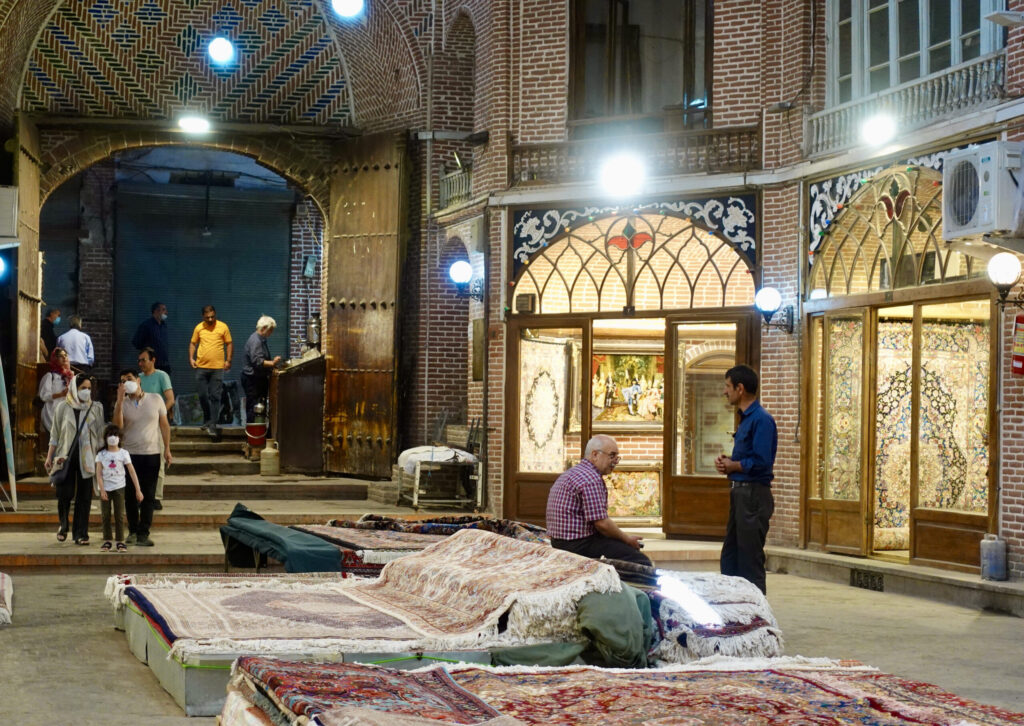
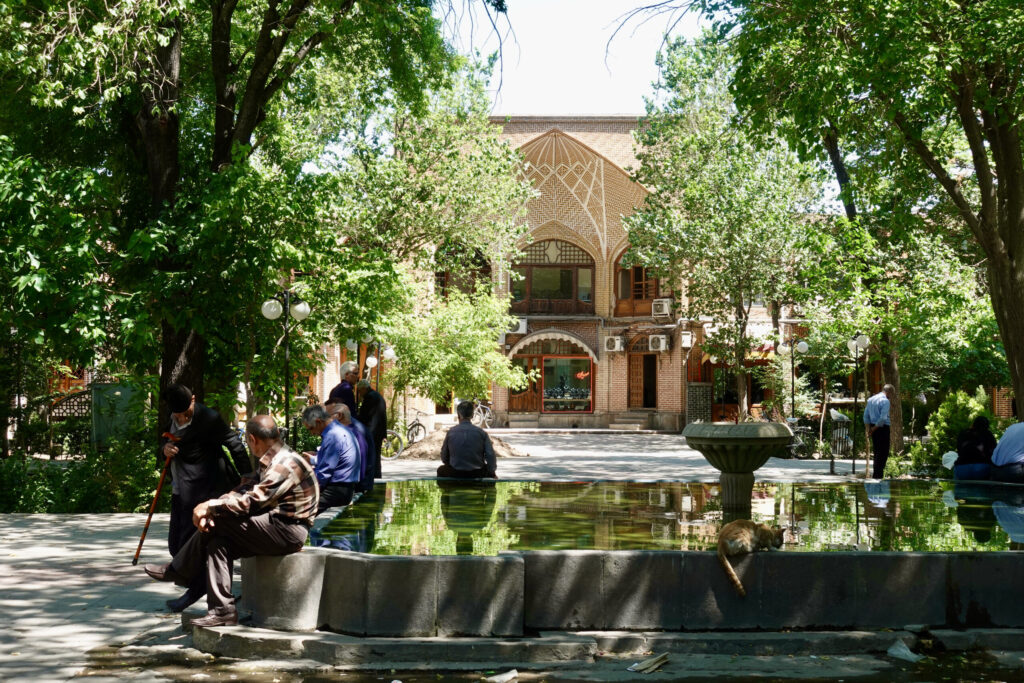
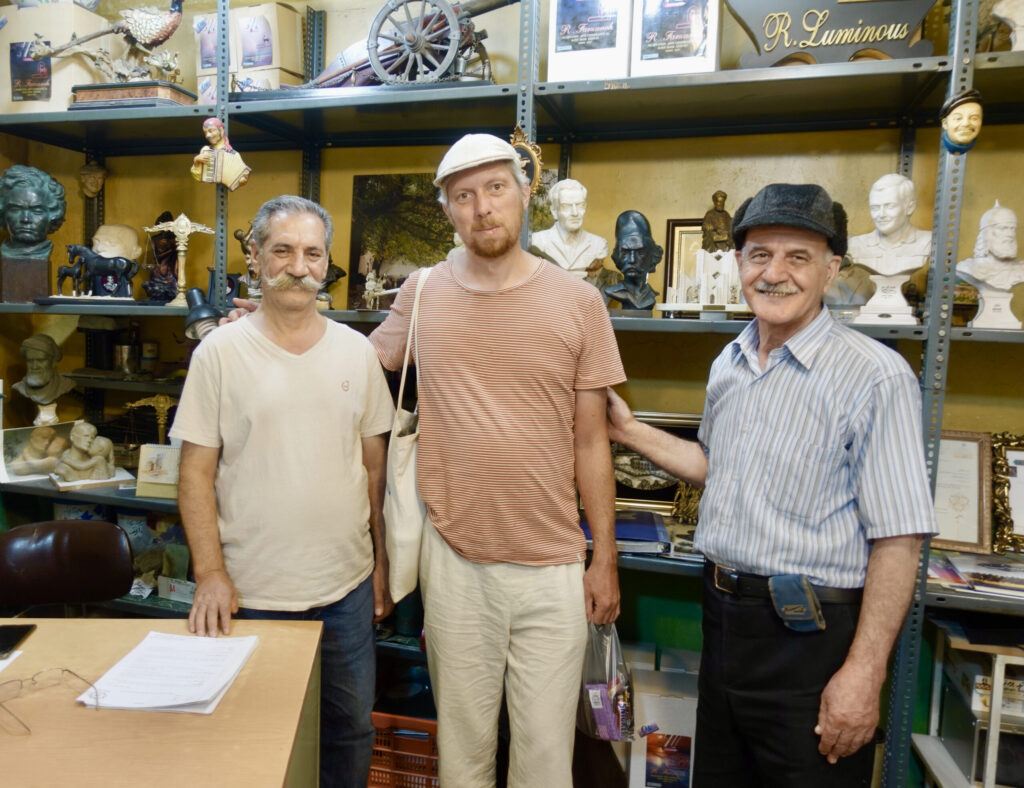
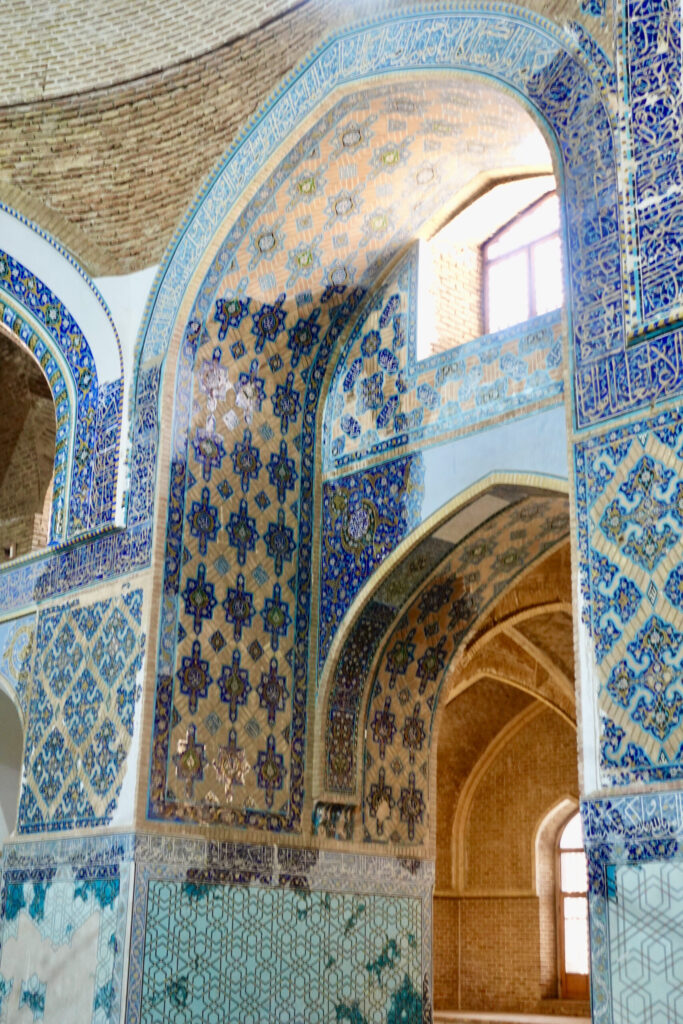

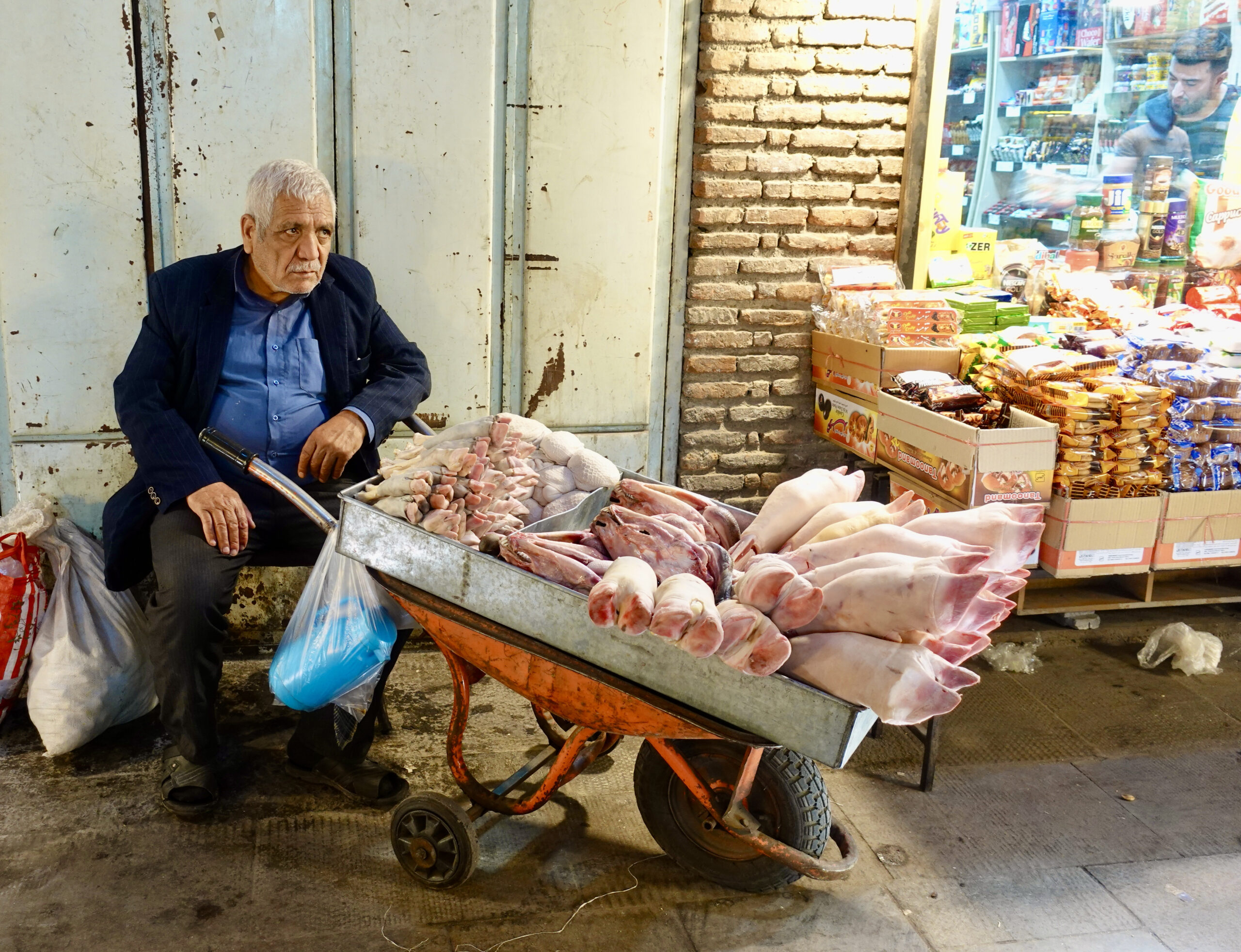

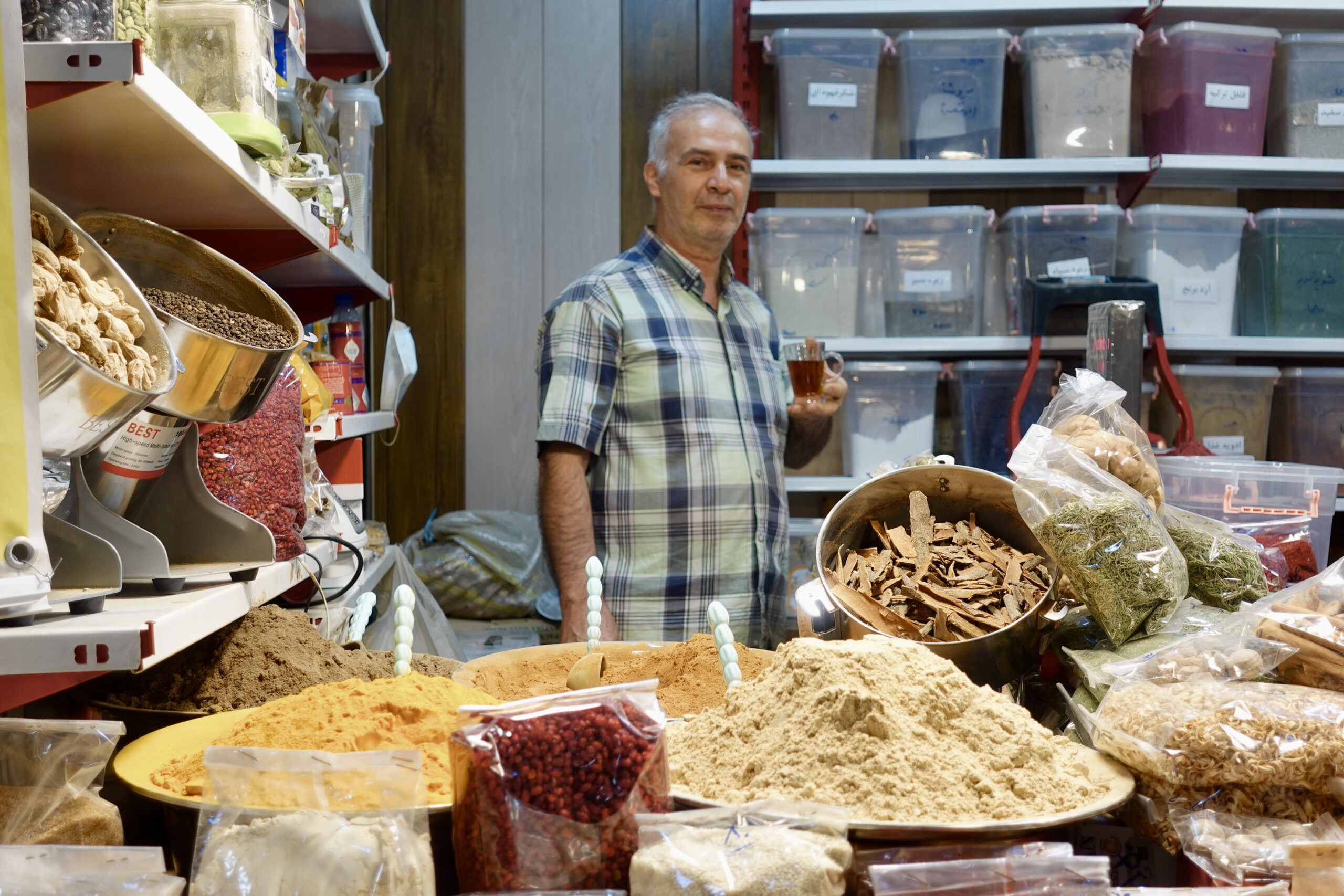
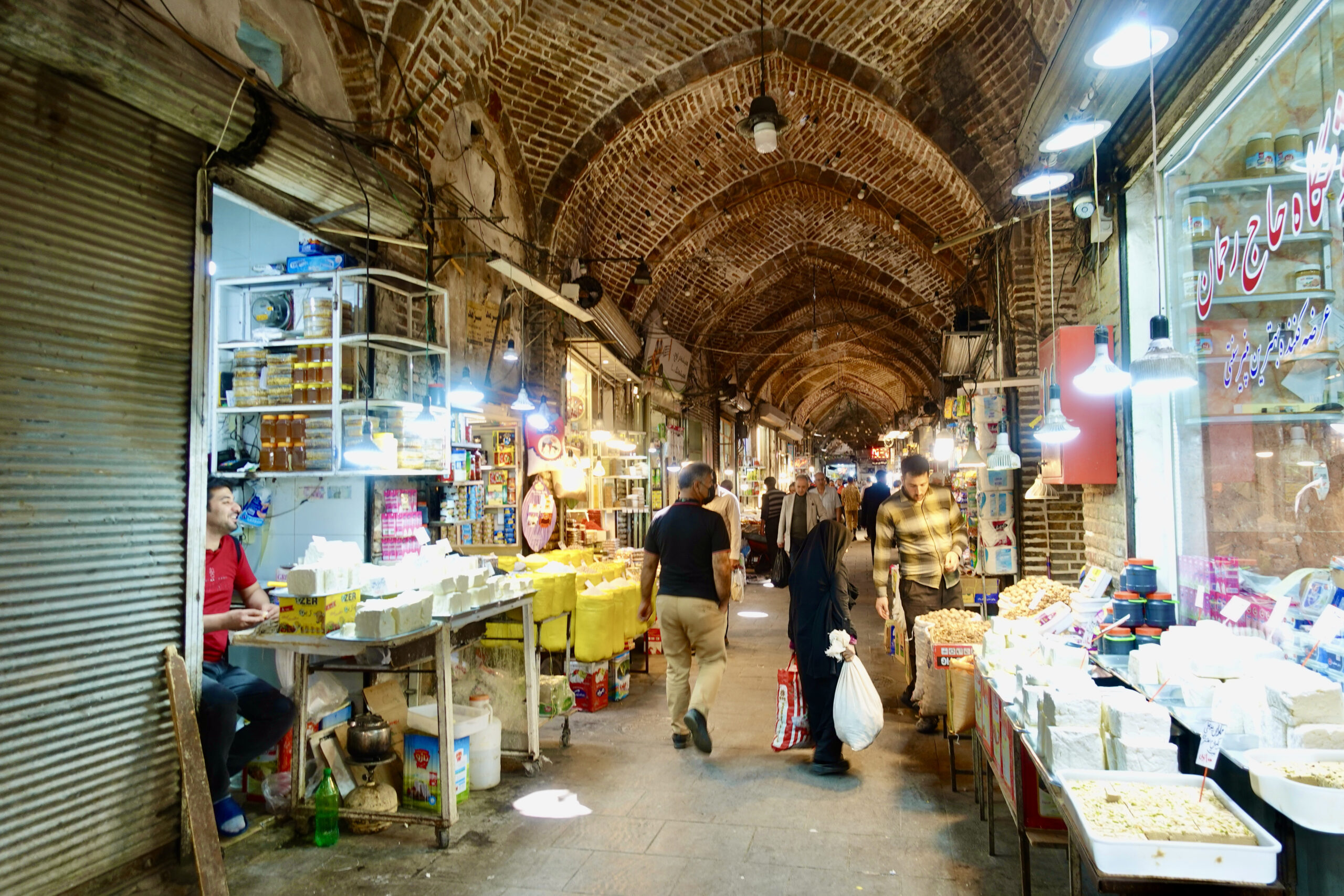
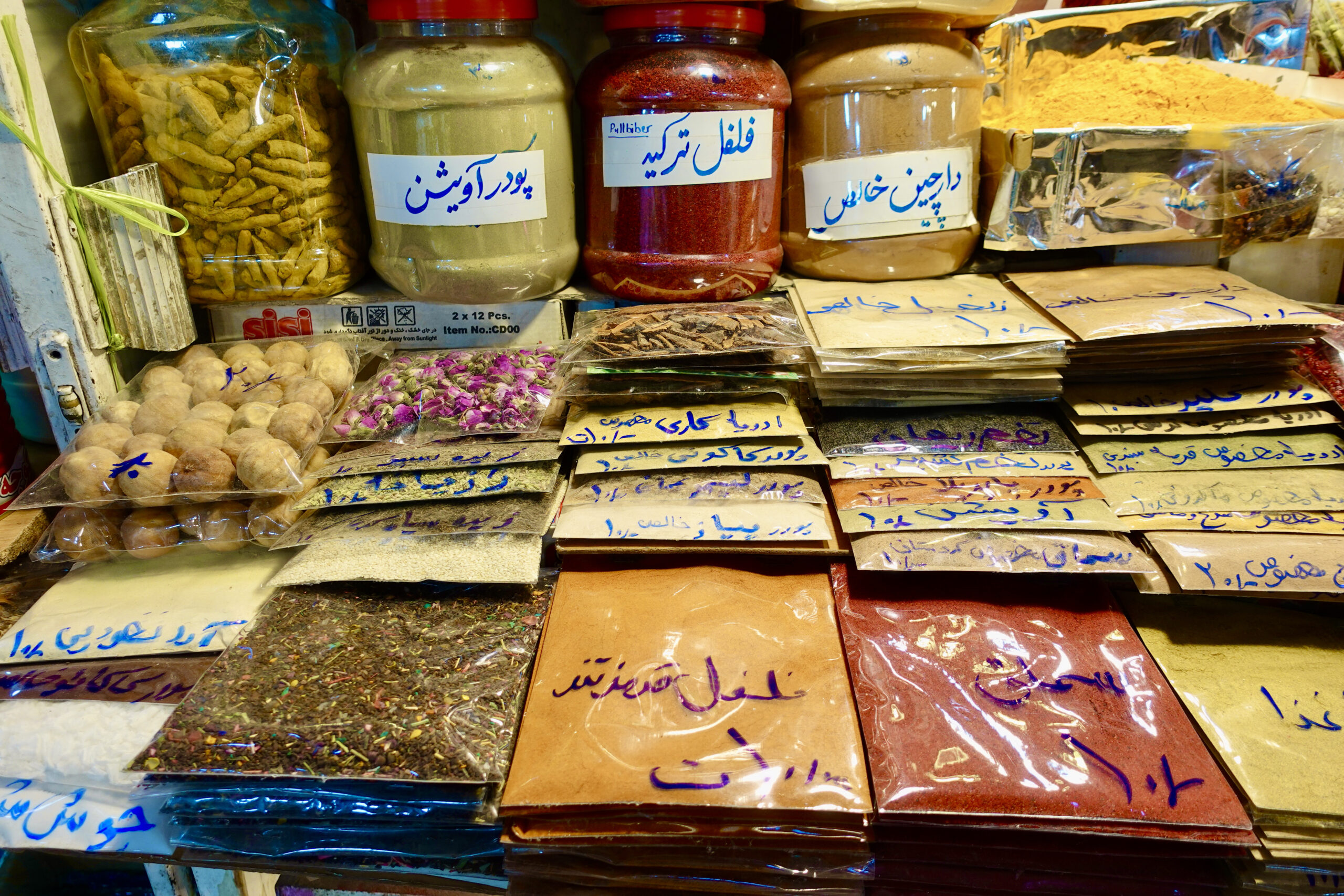
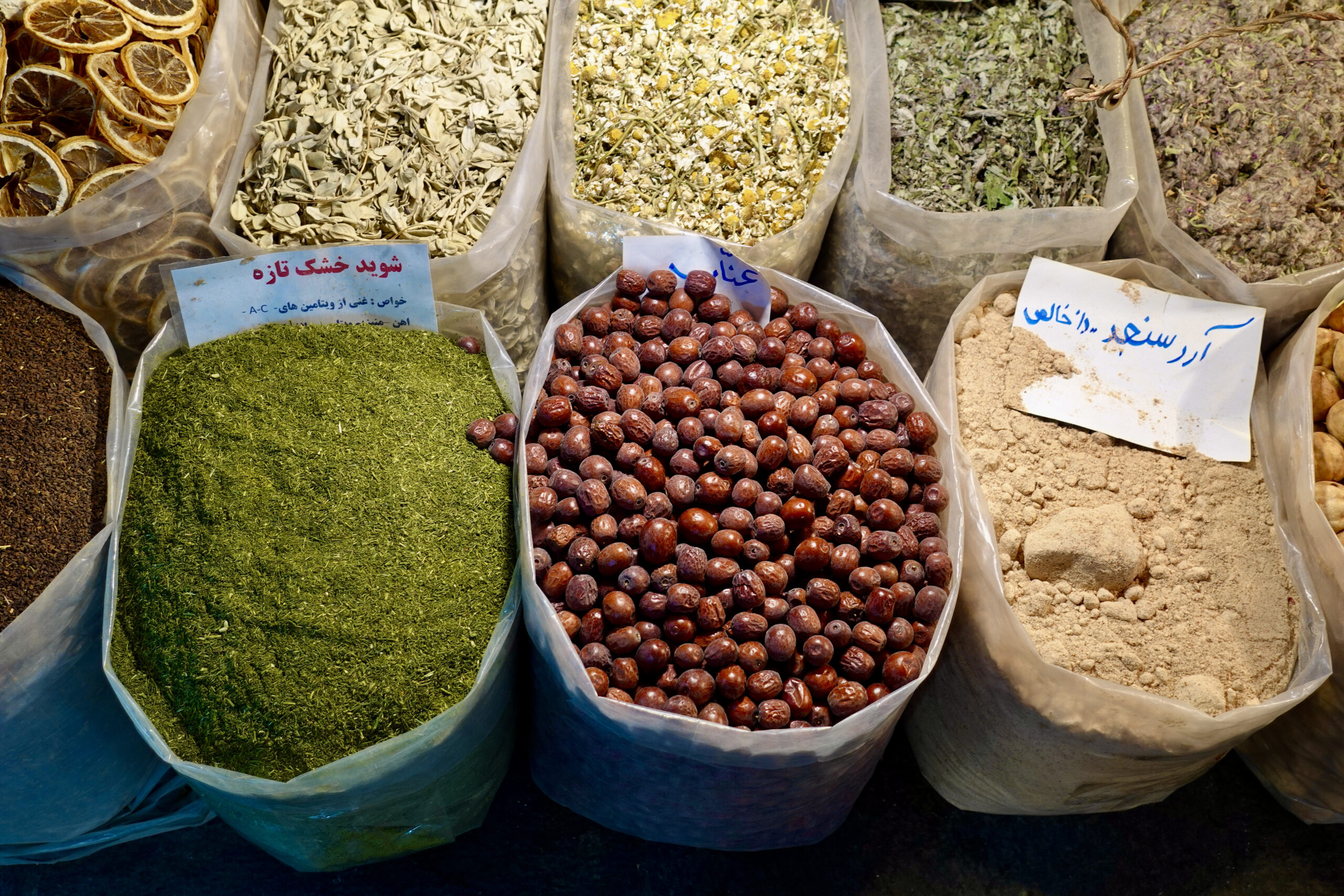
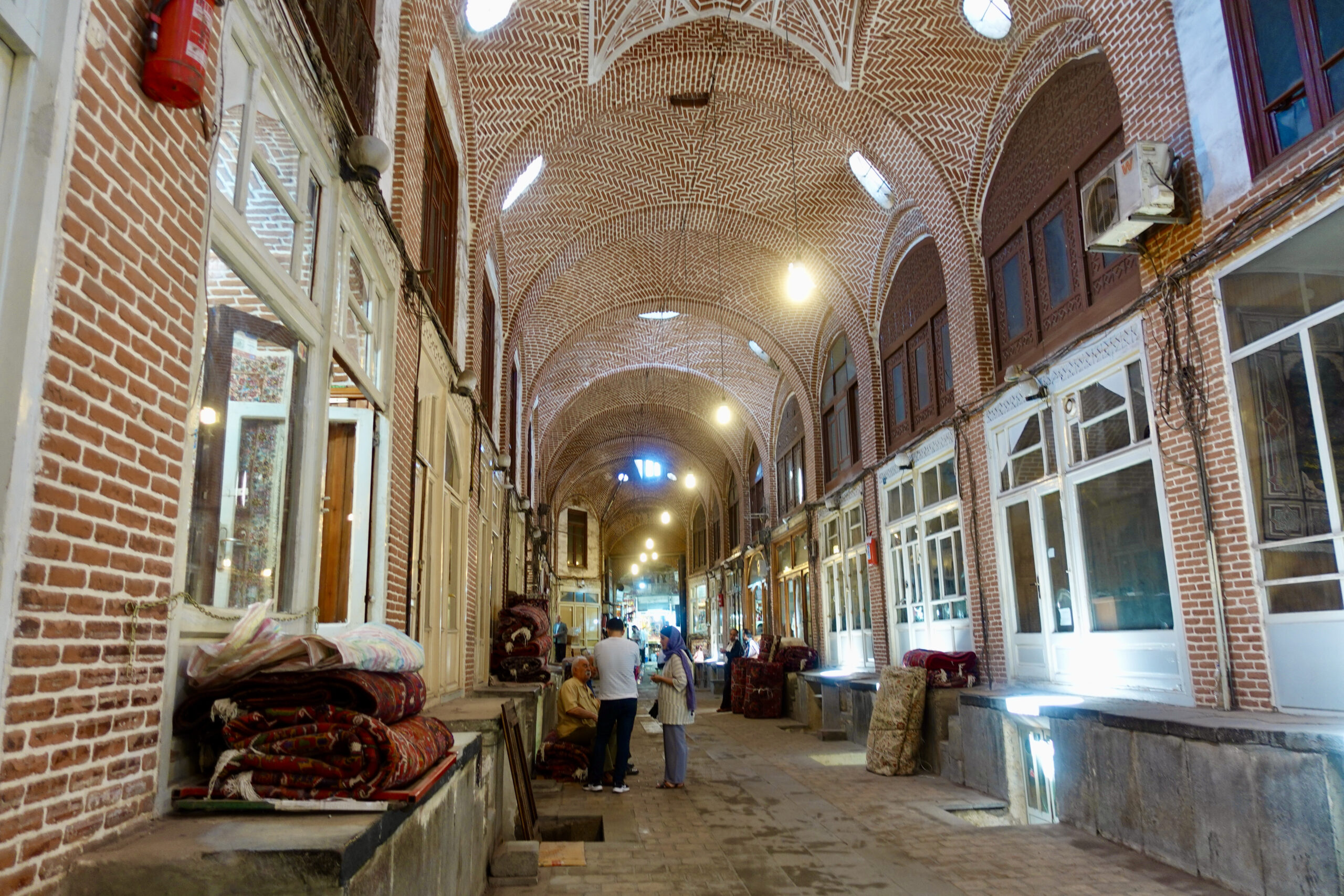
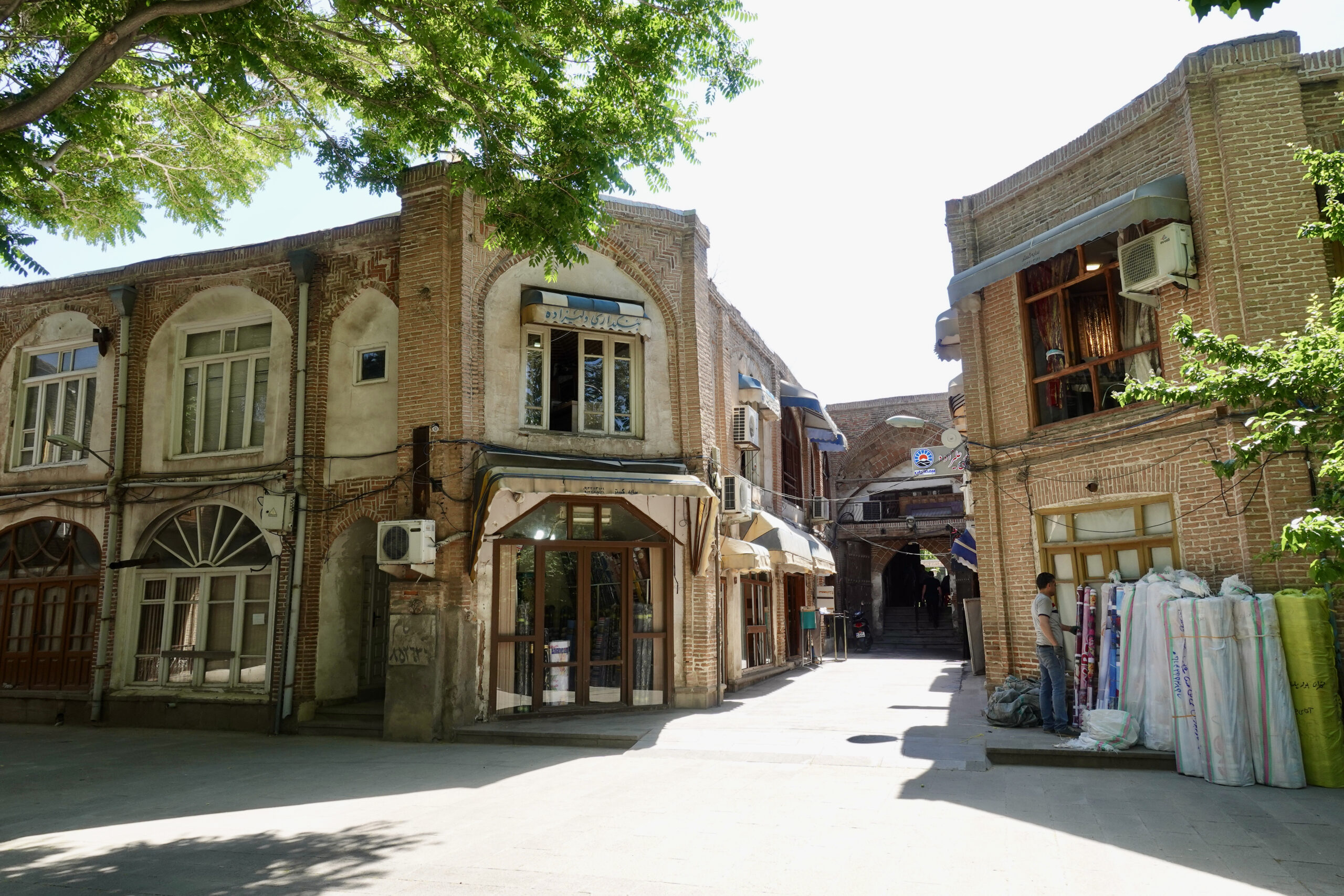
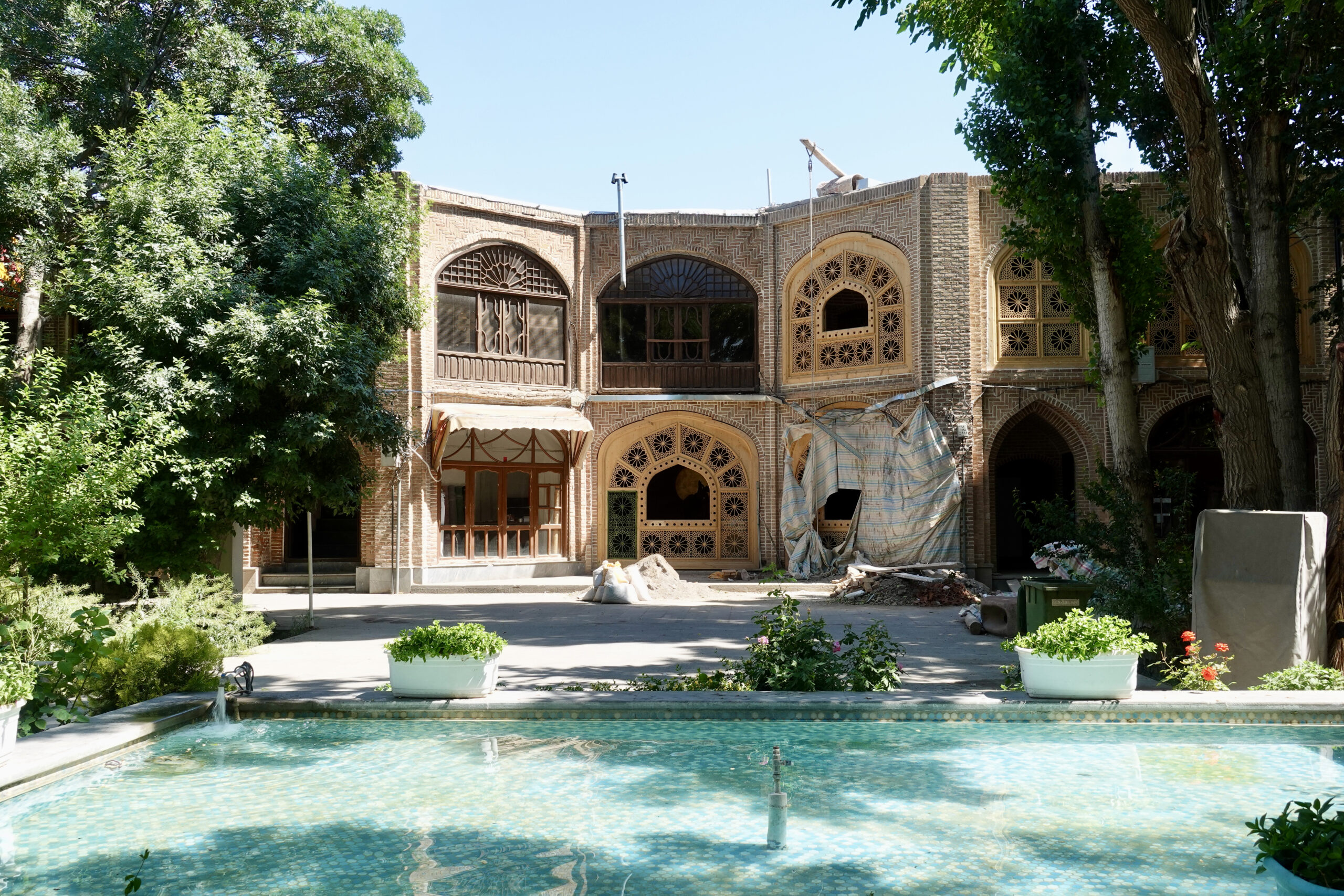
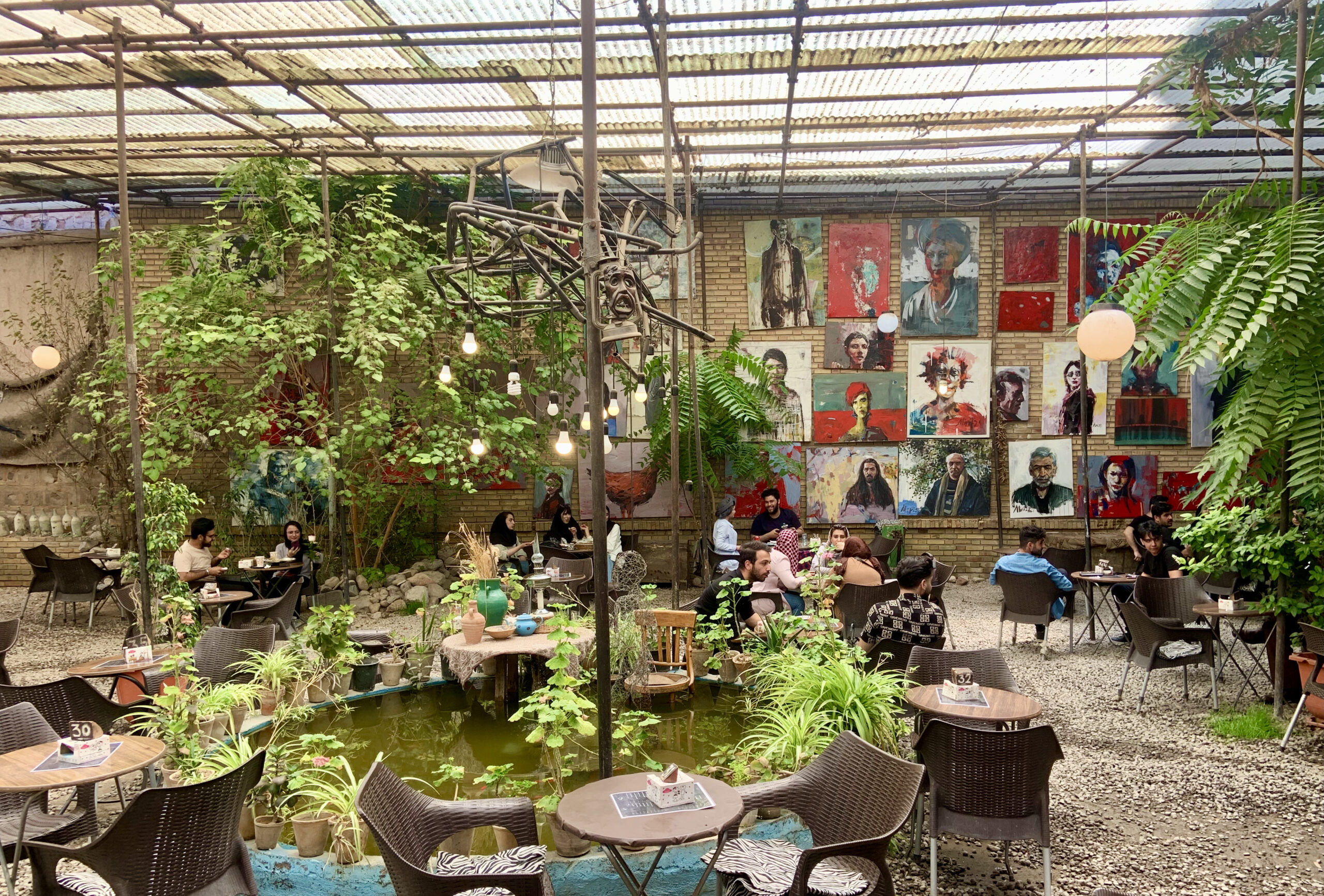

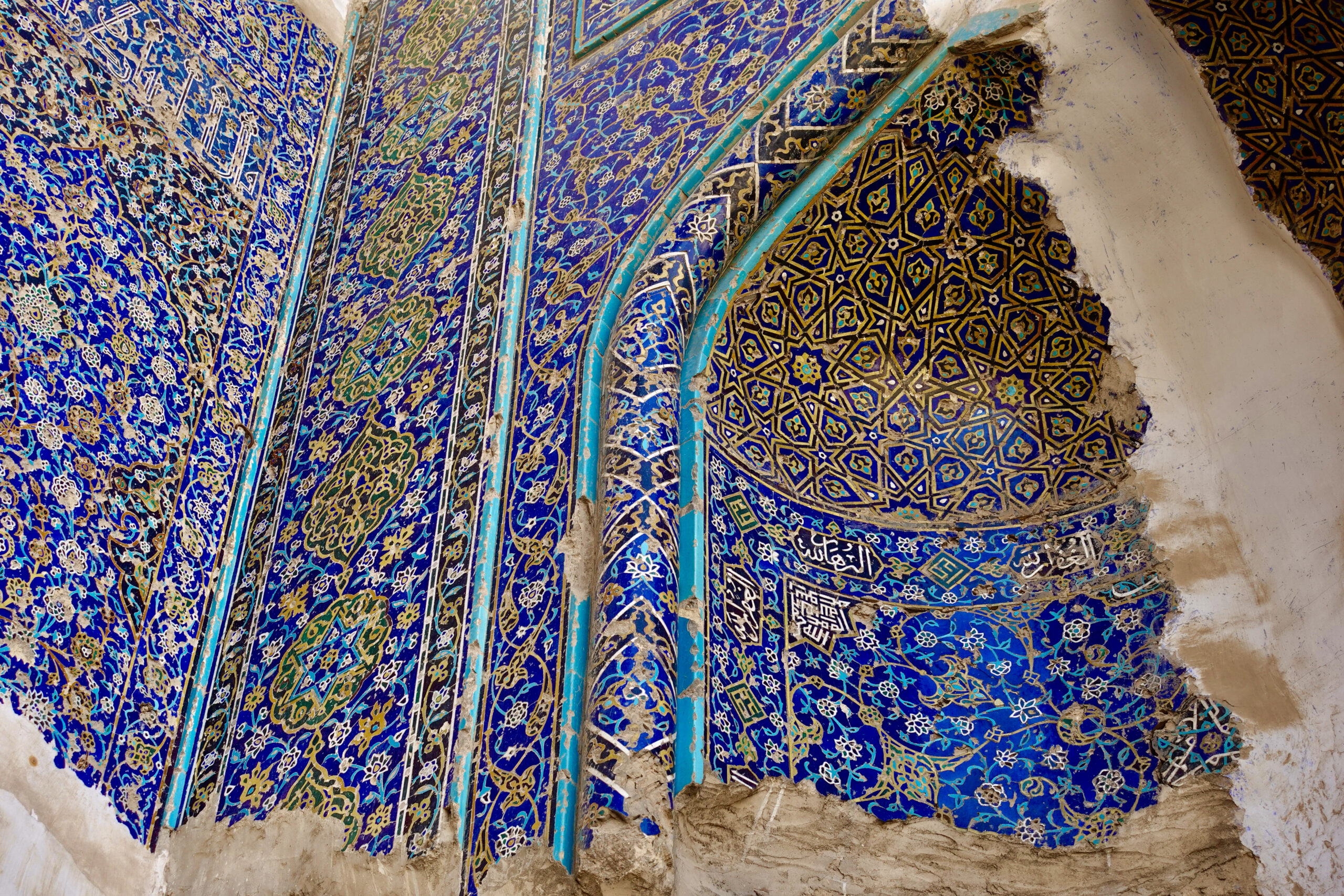
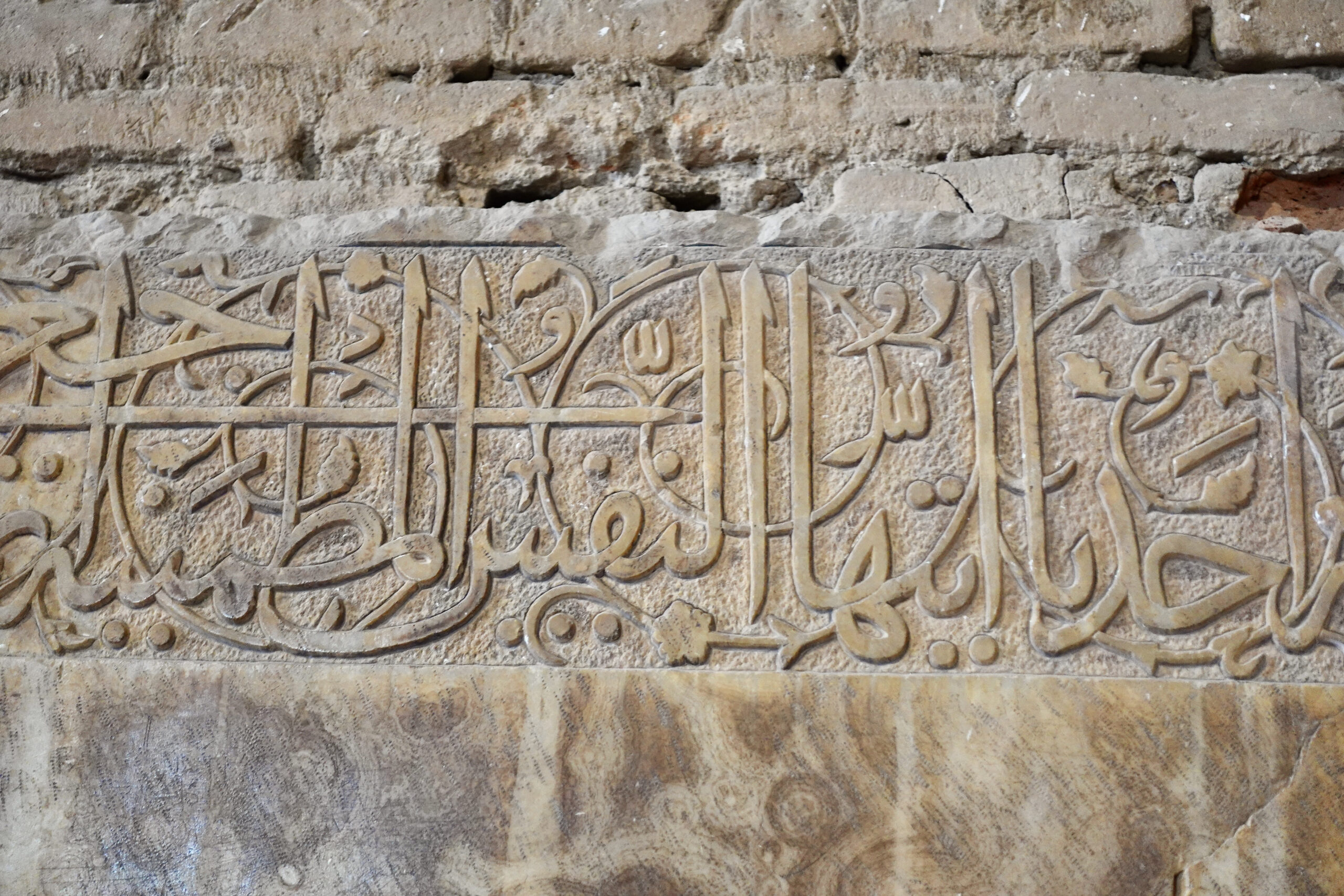
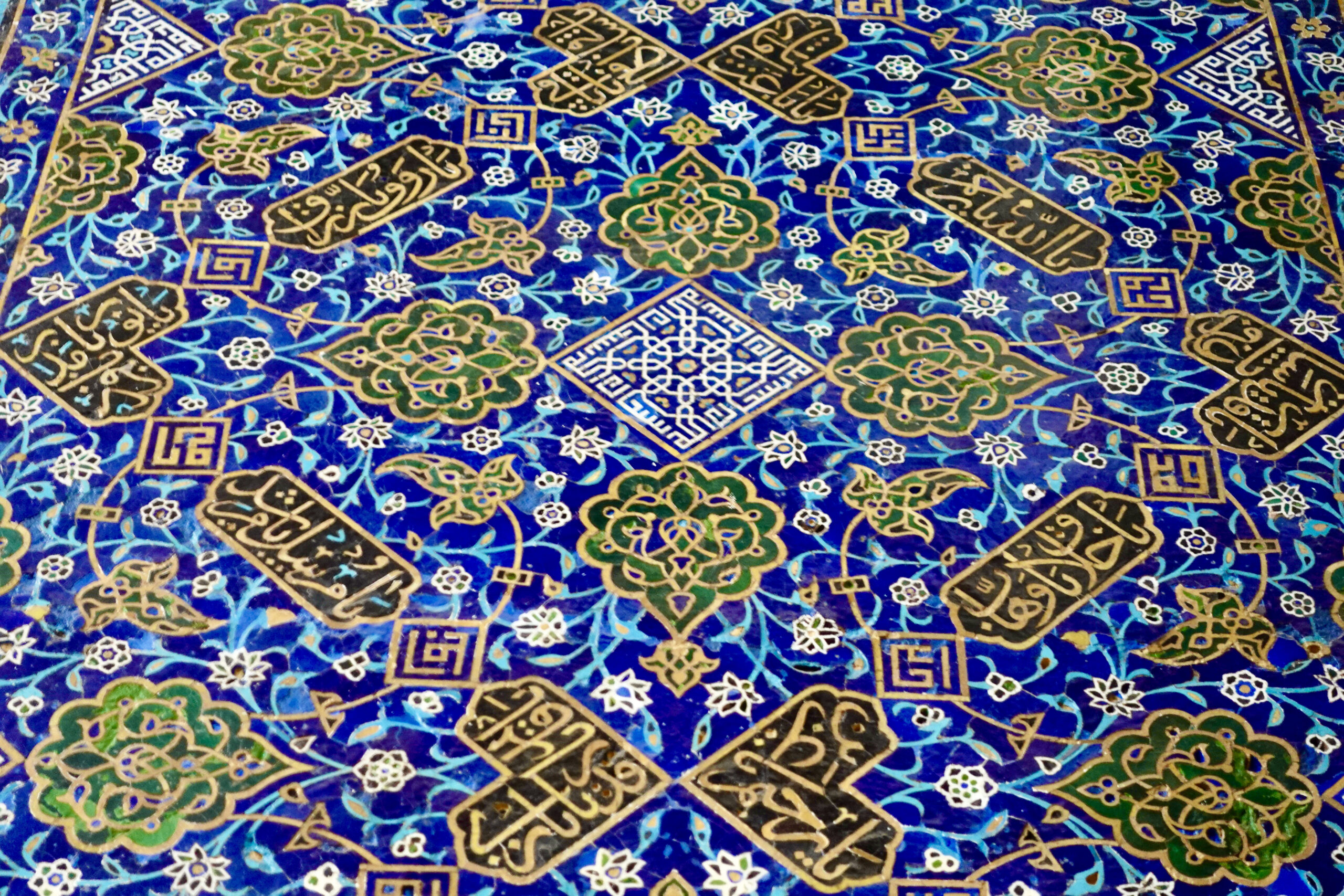
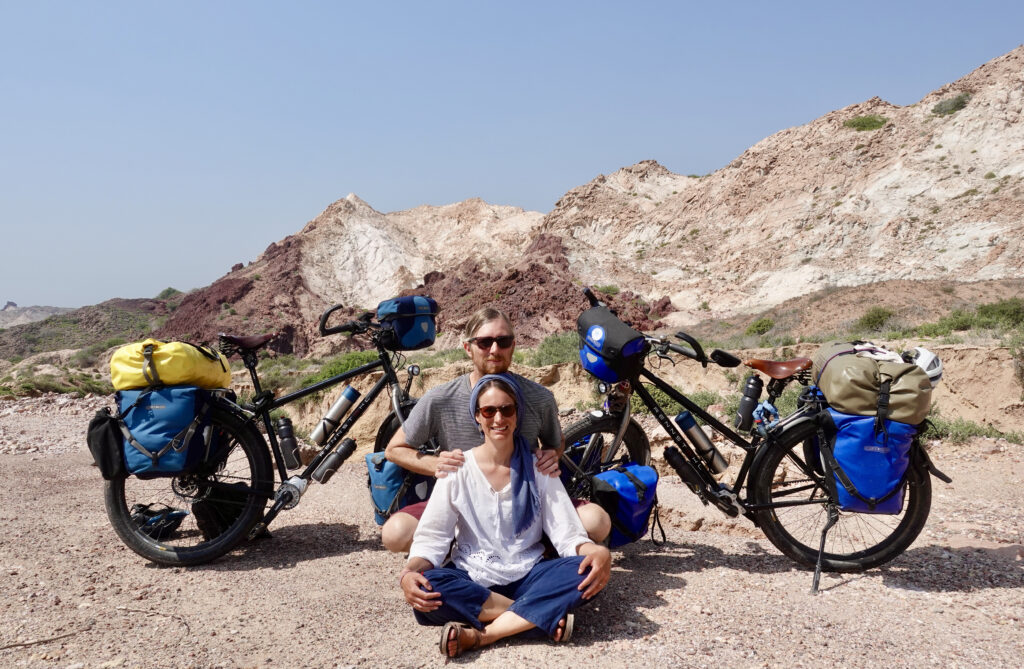

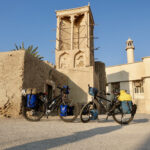
Leave a Reply